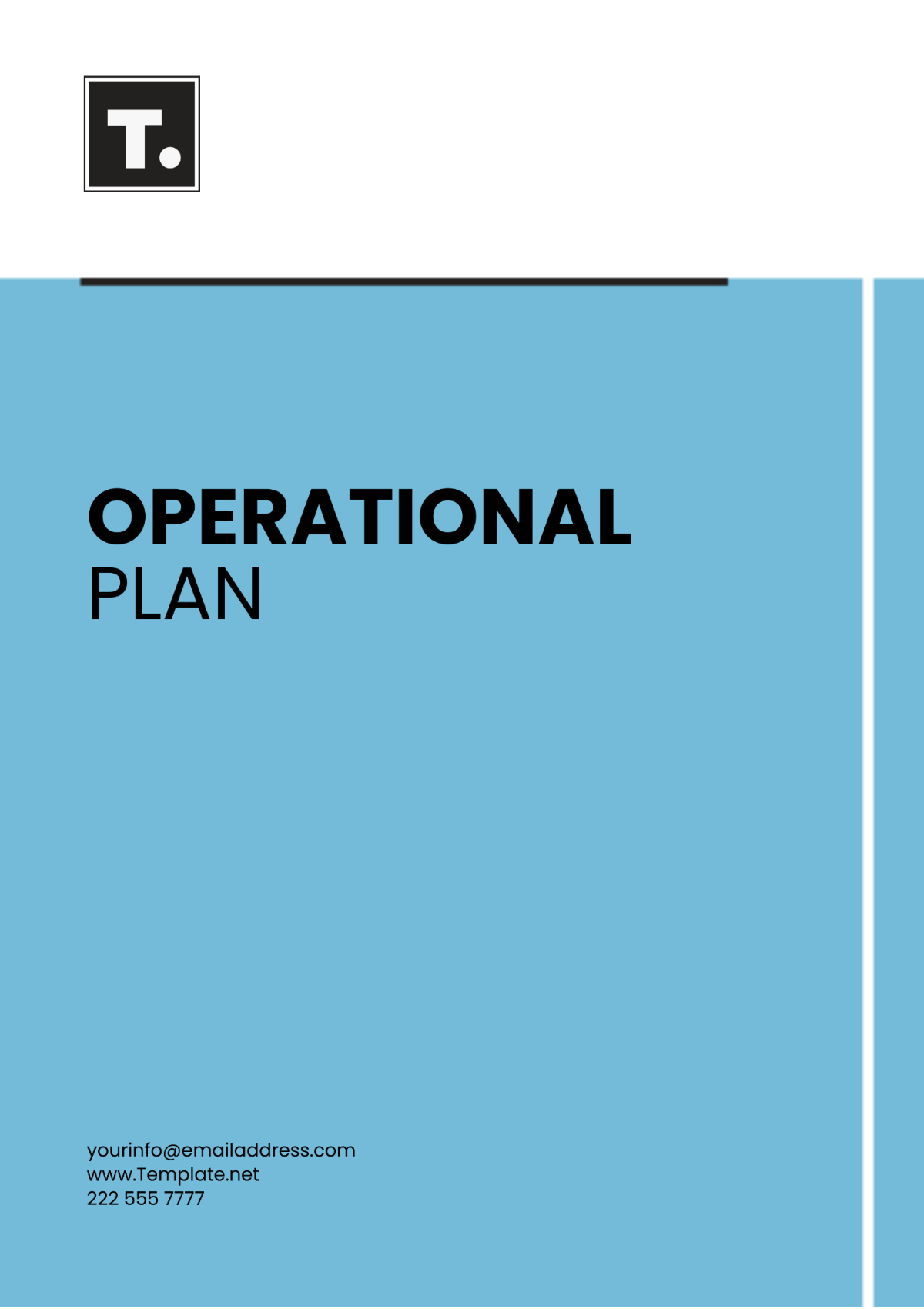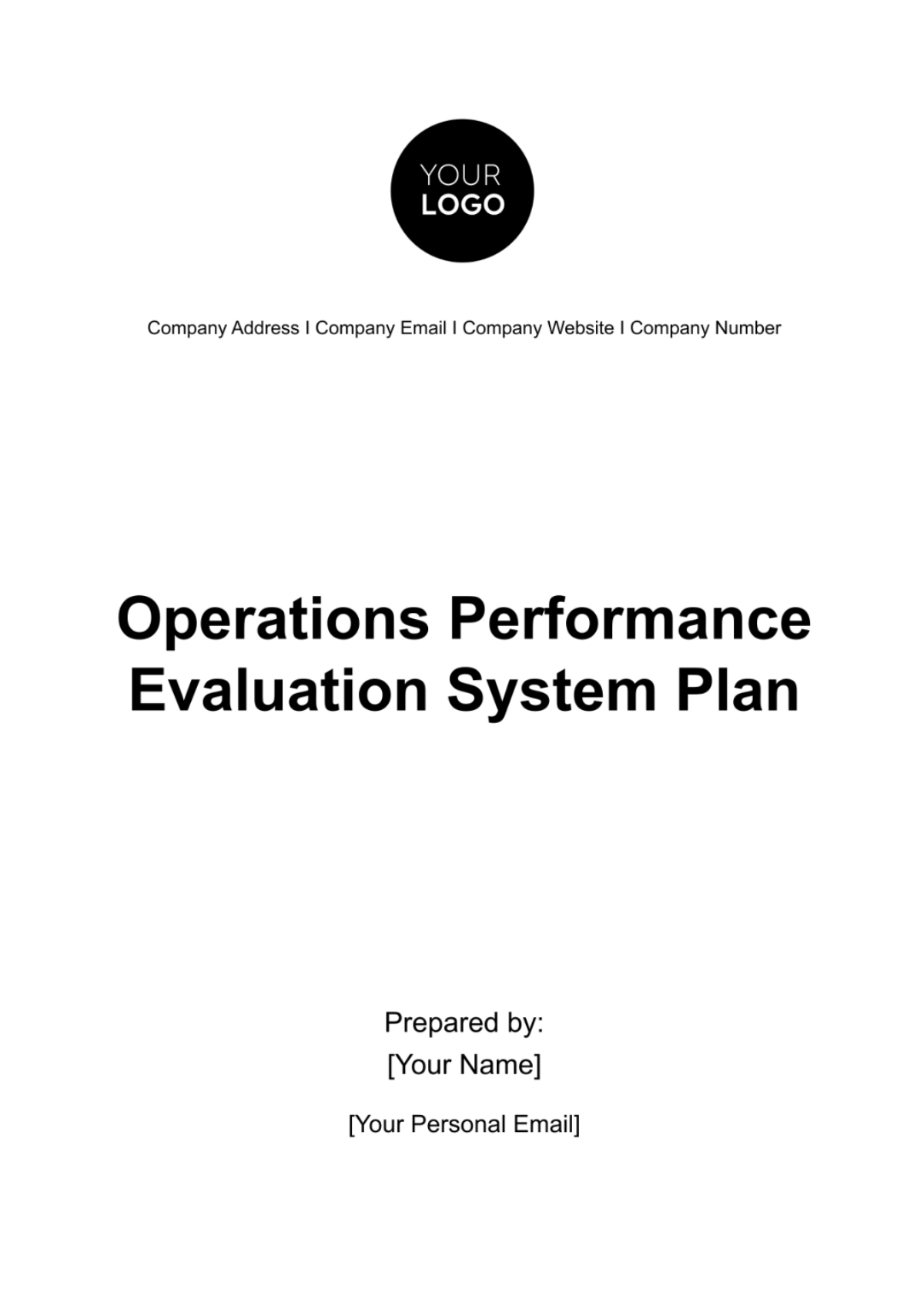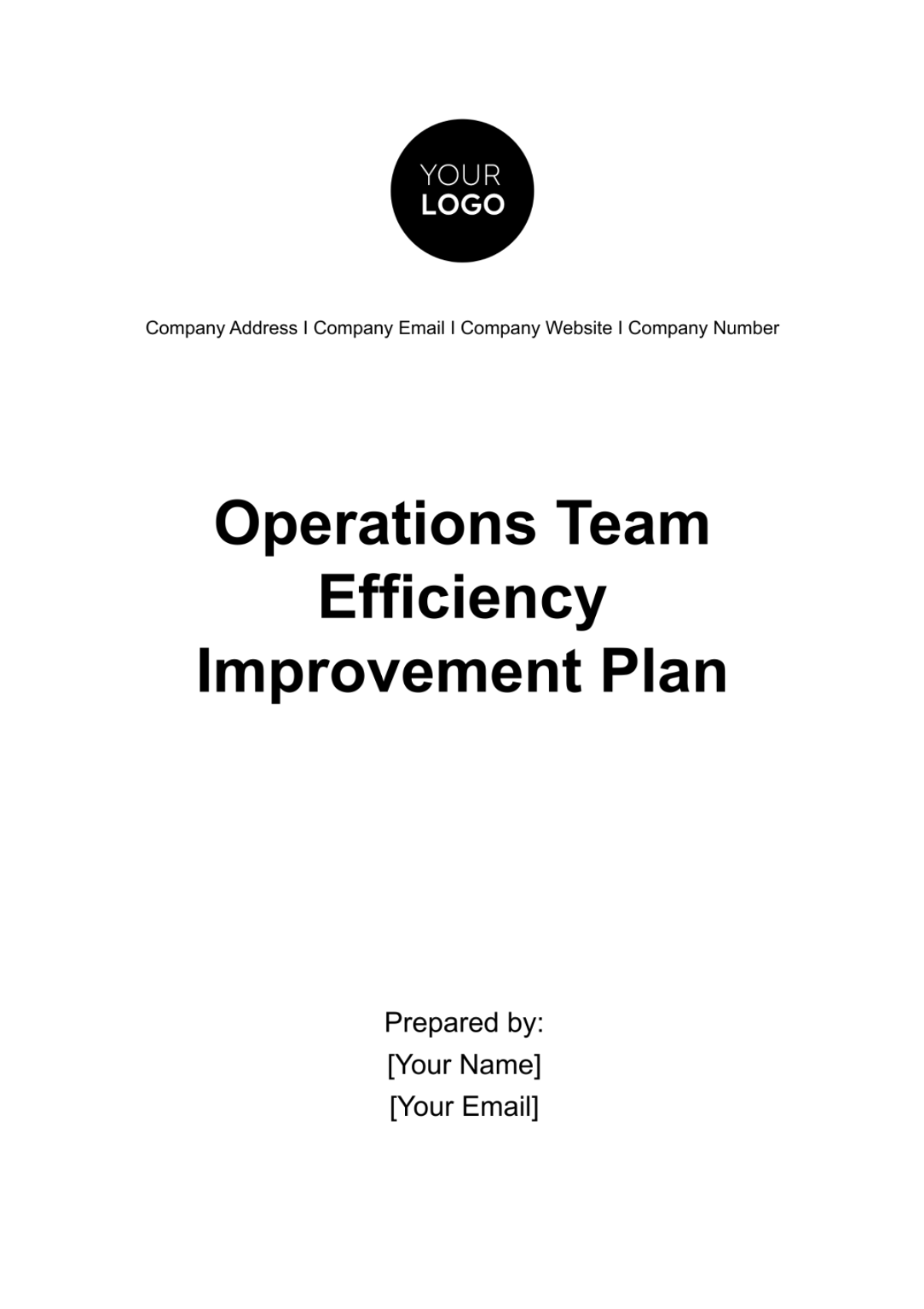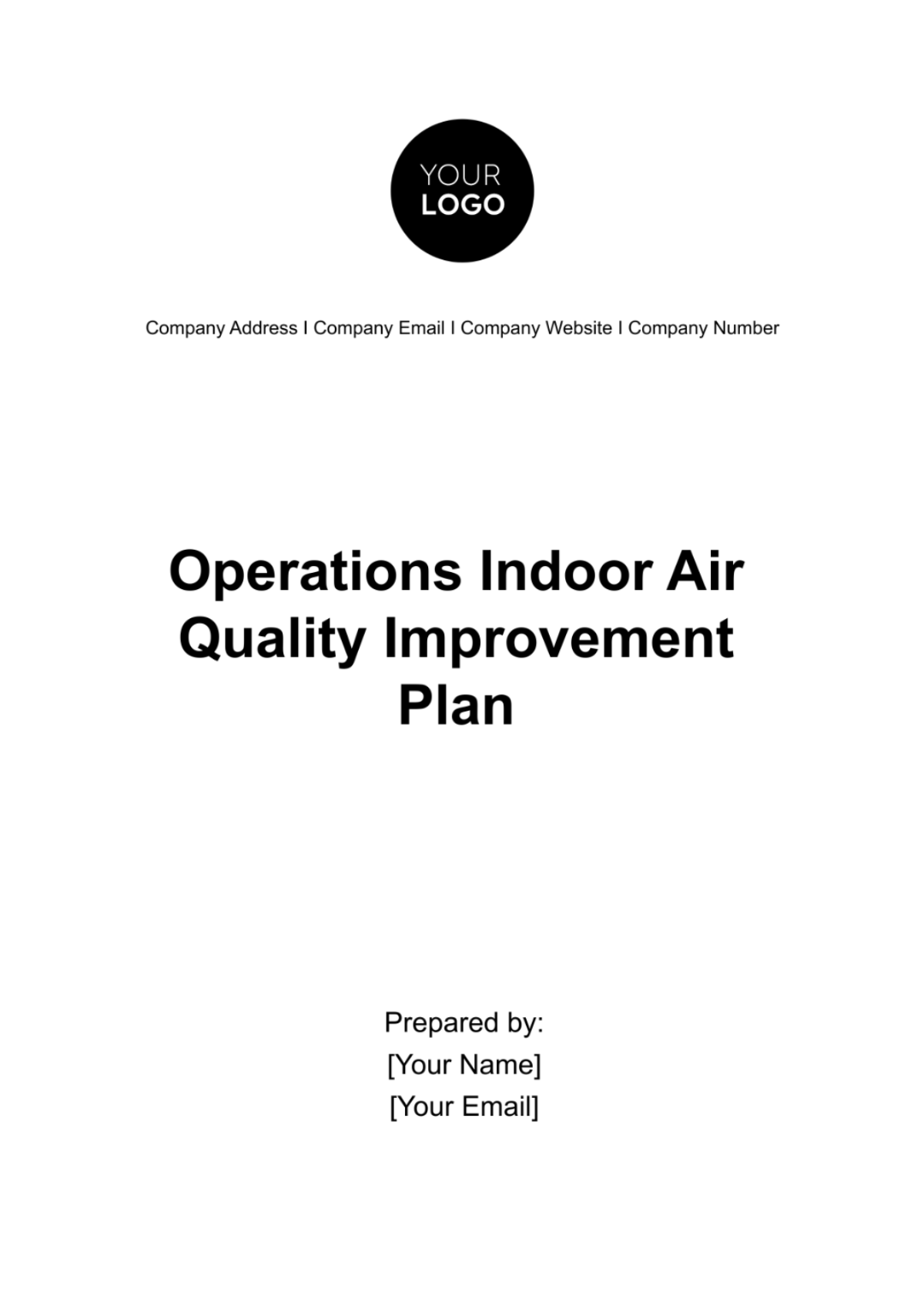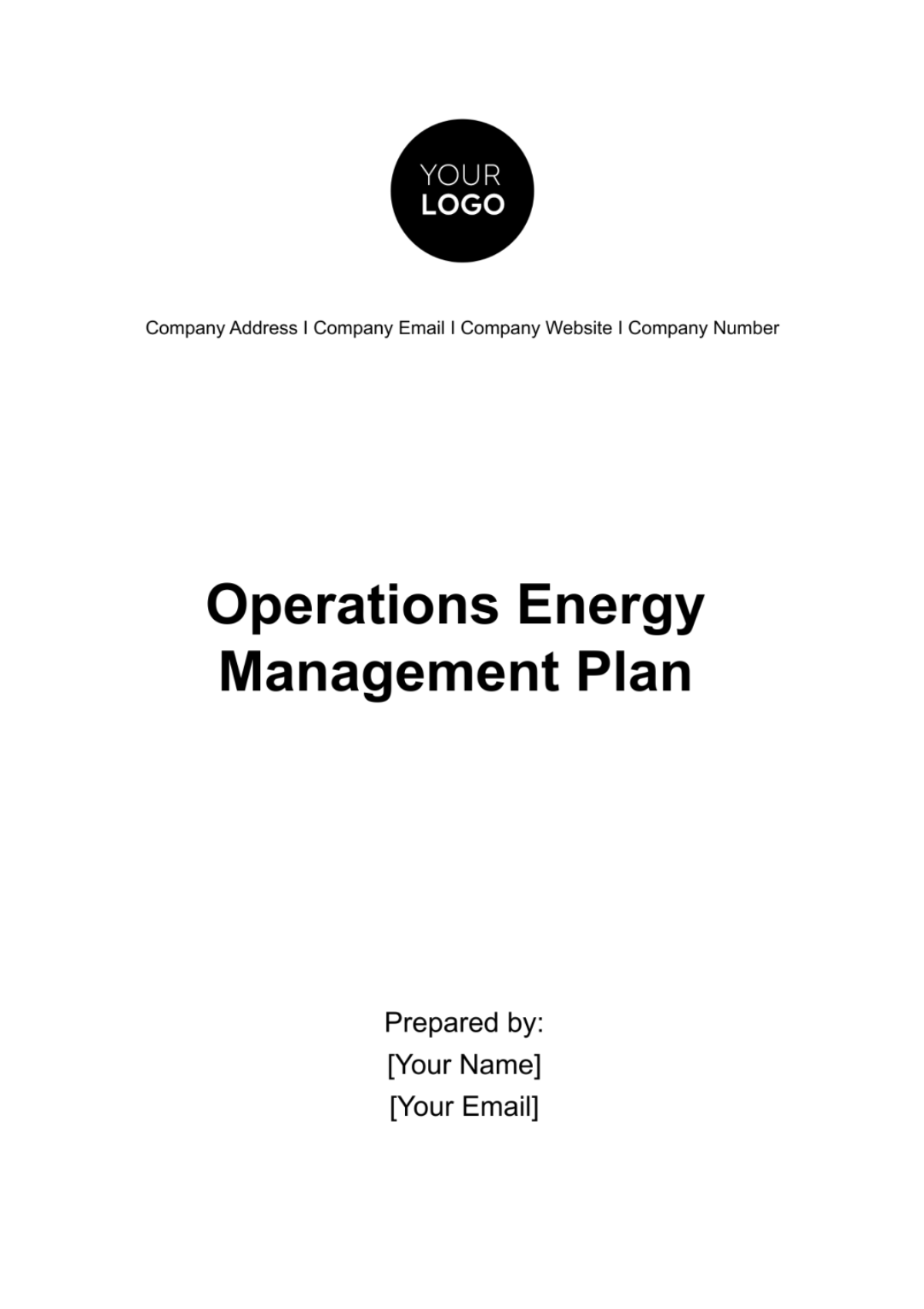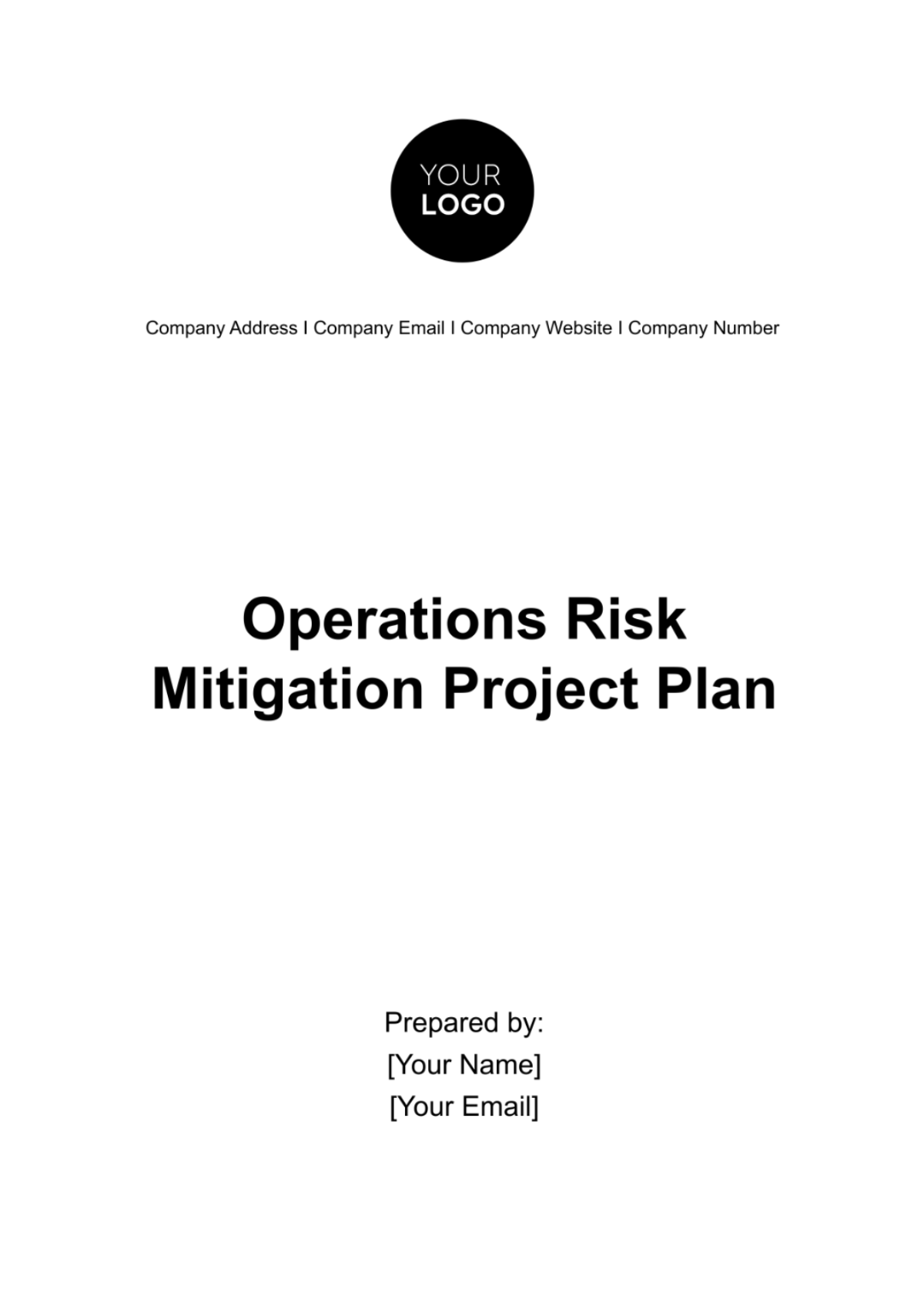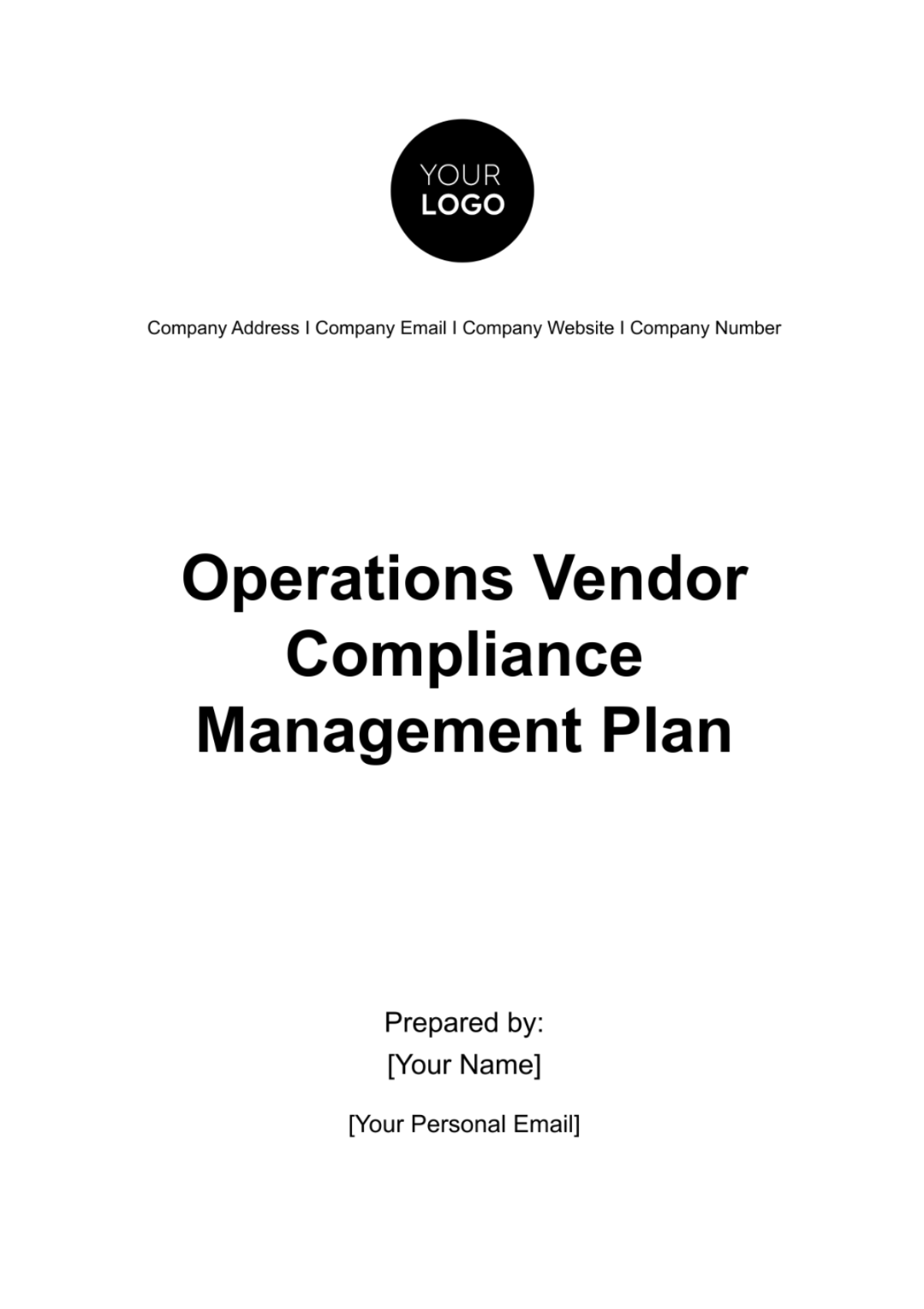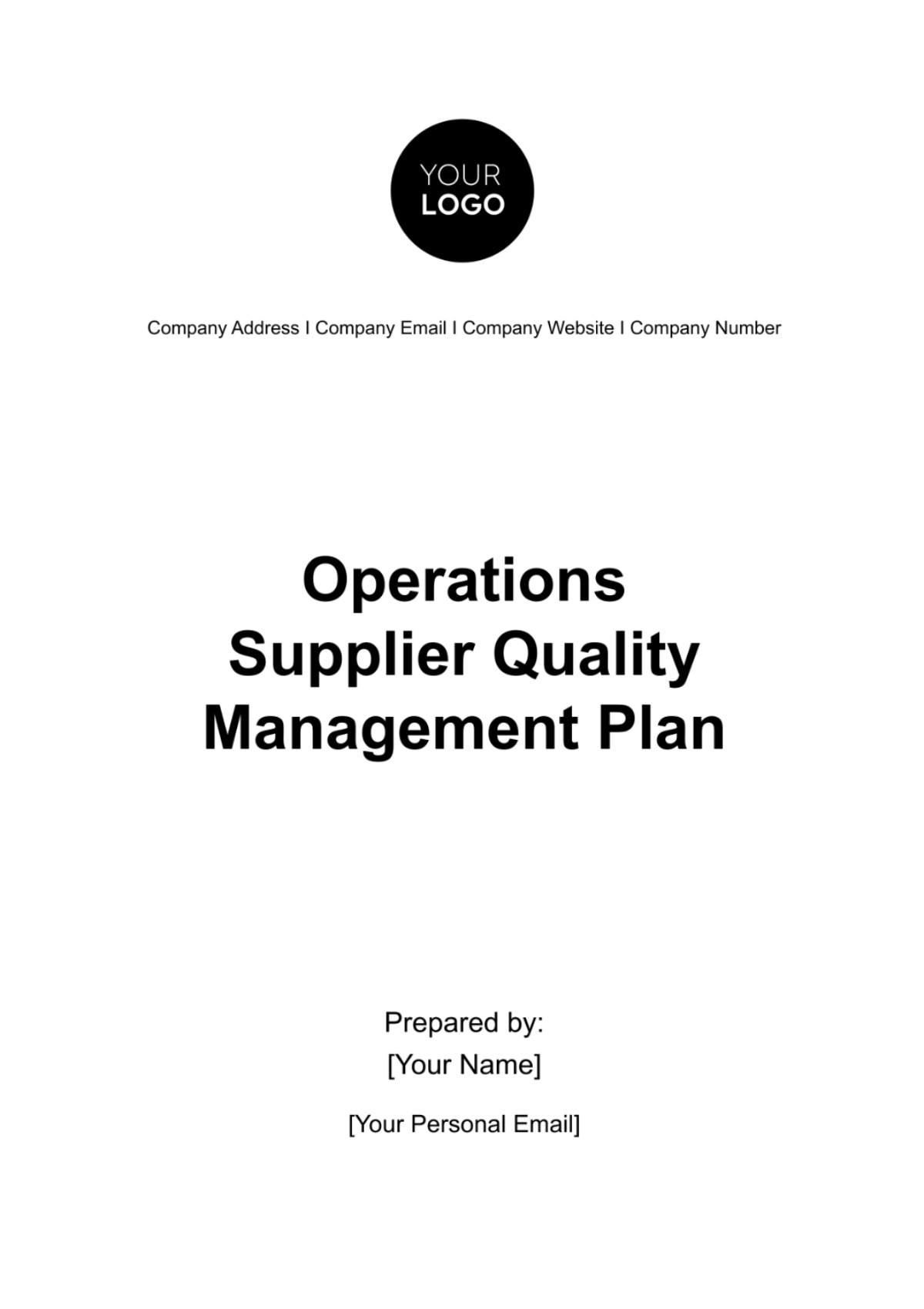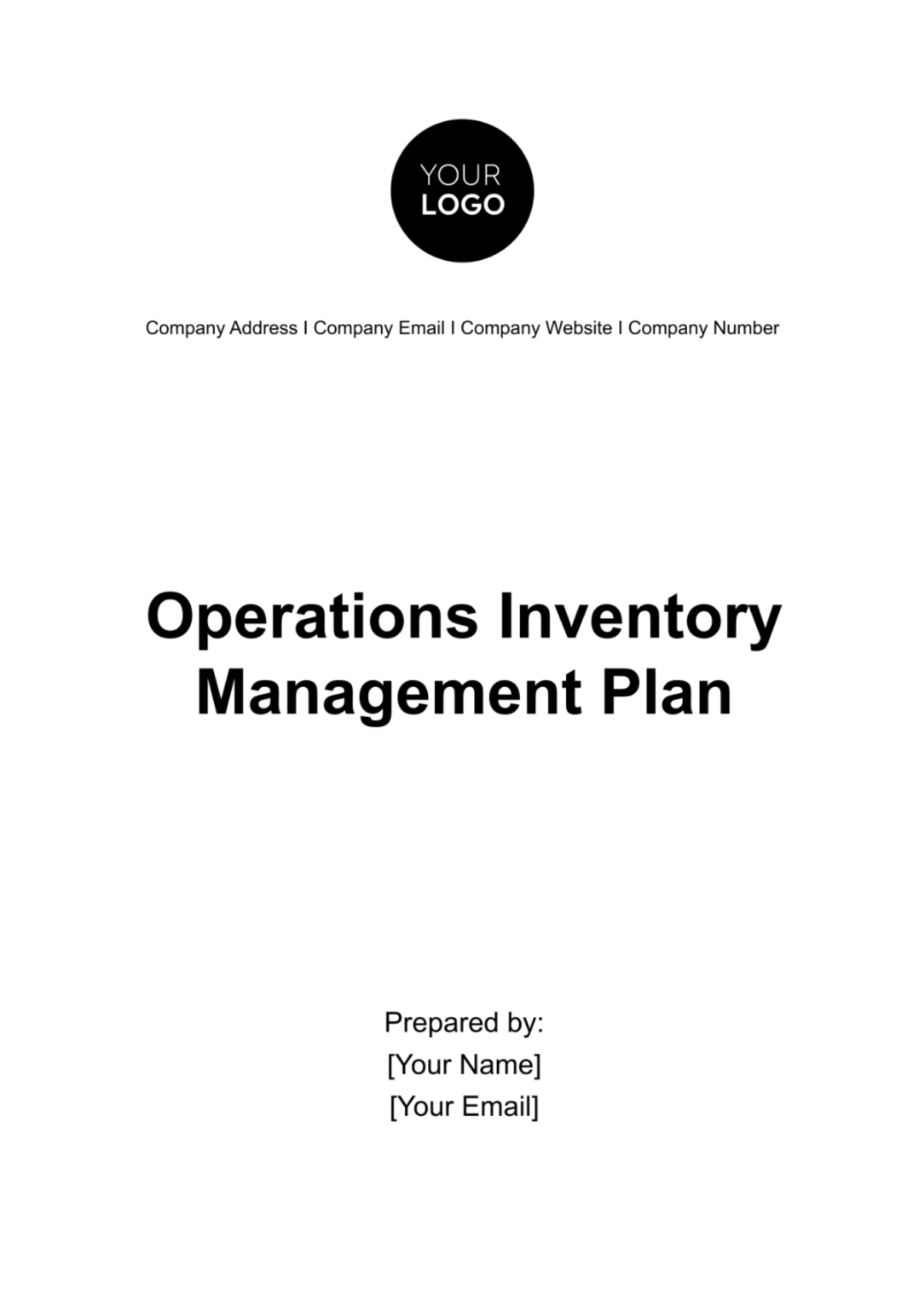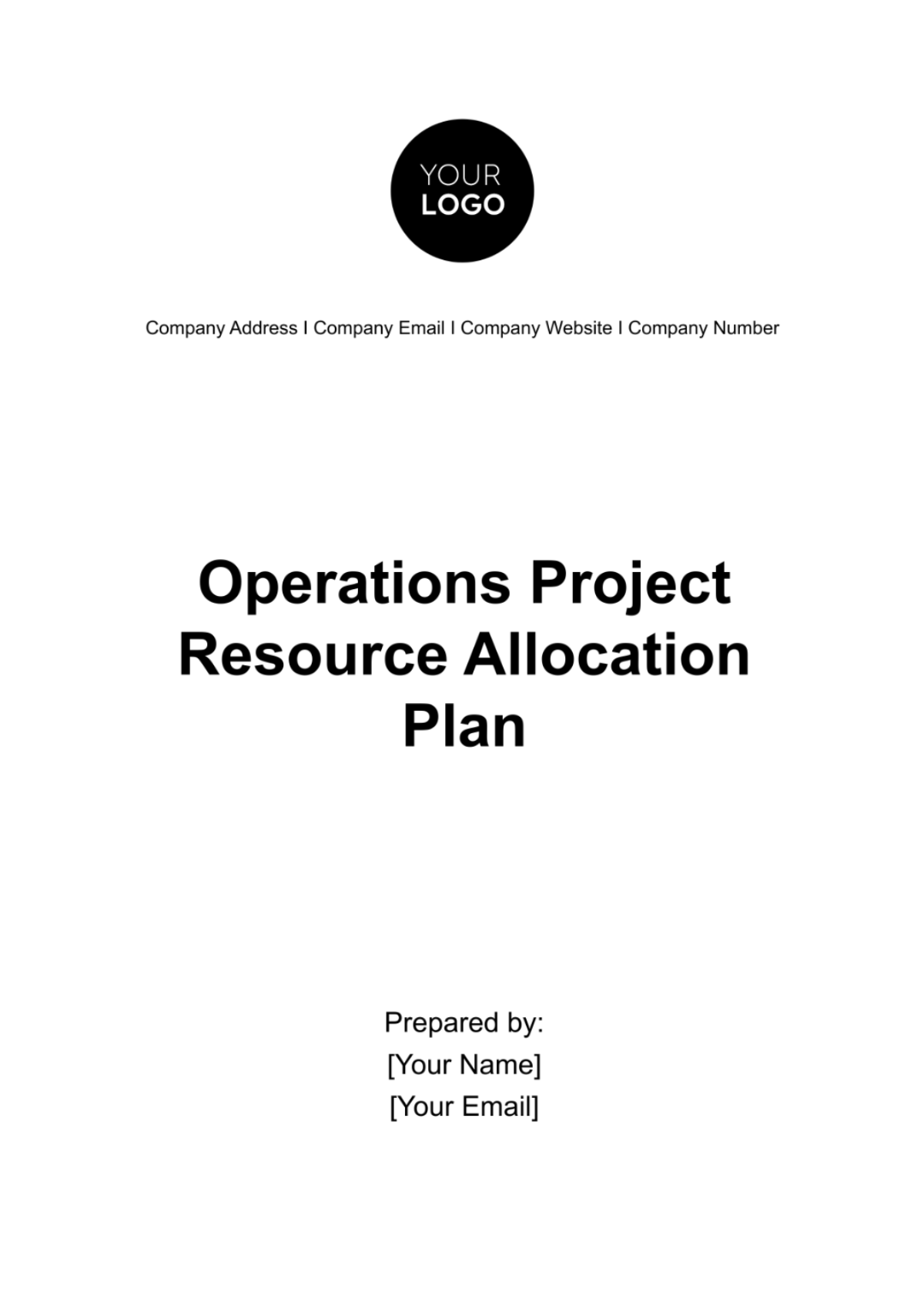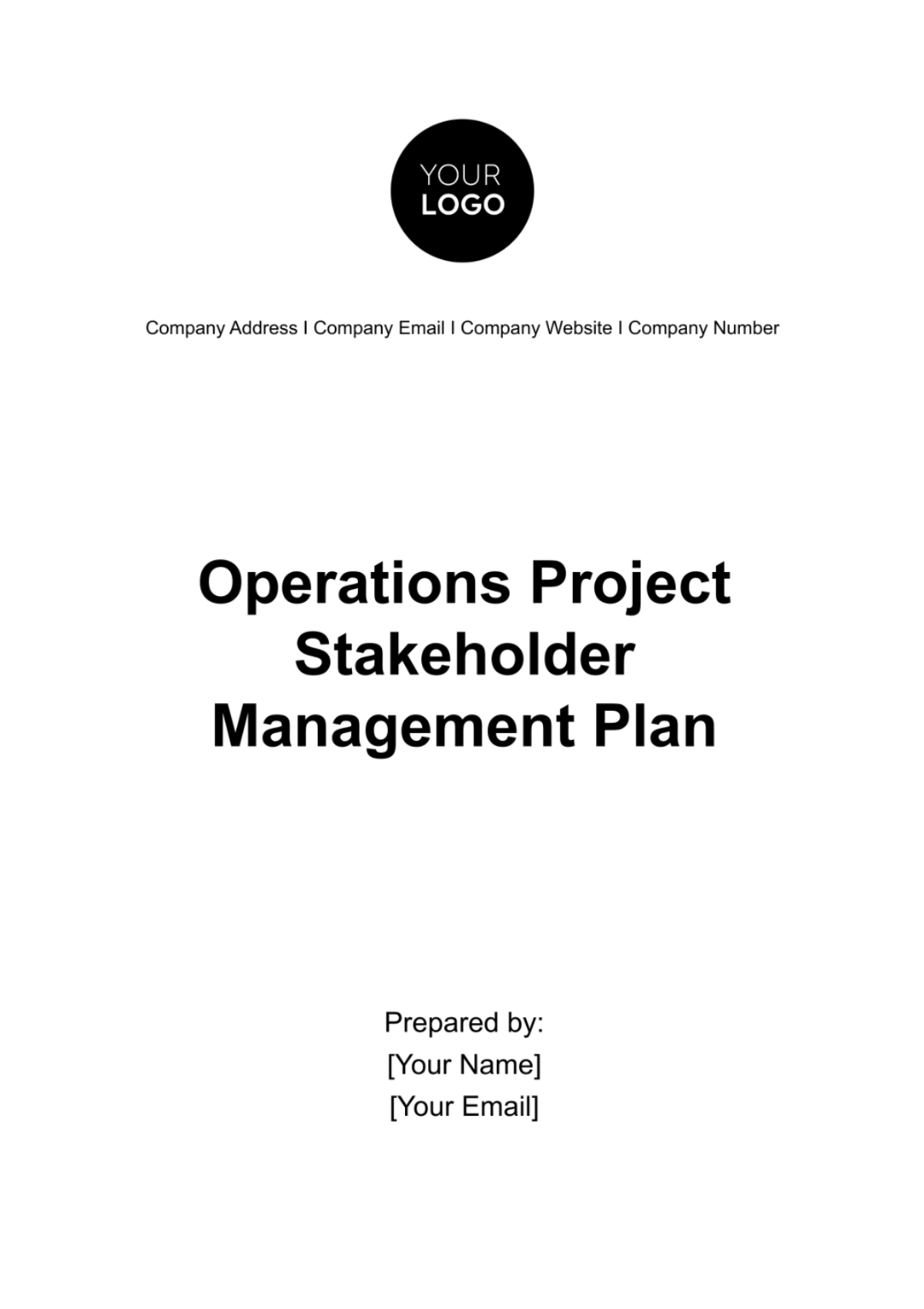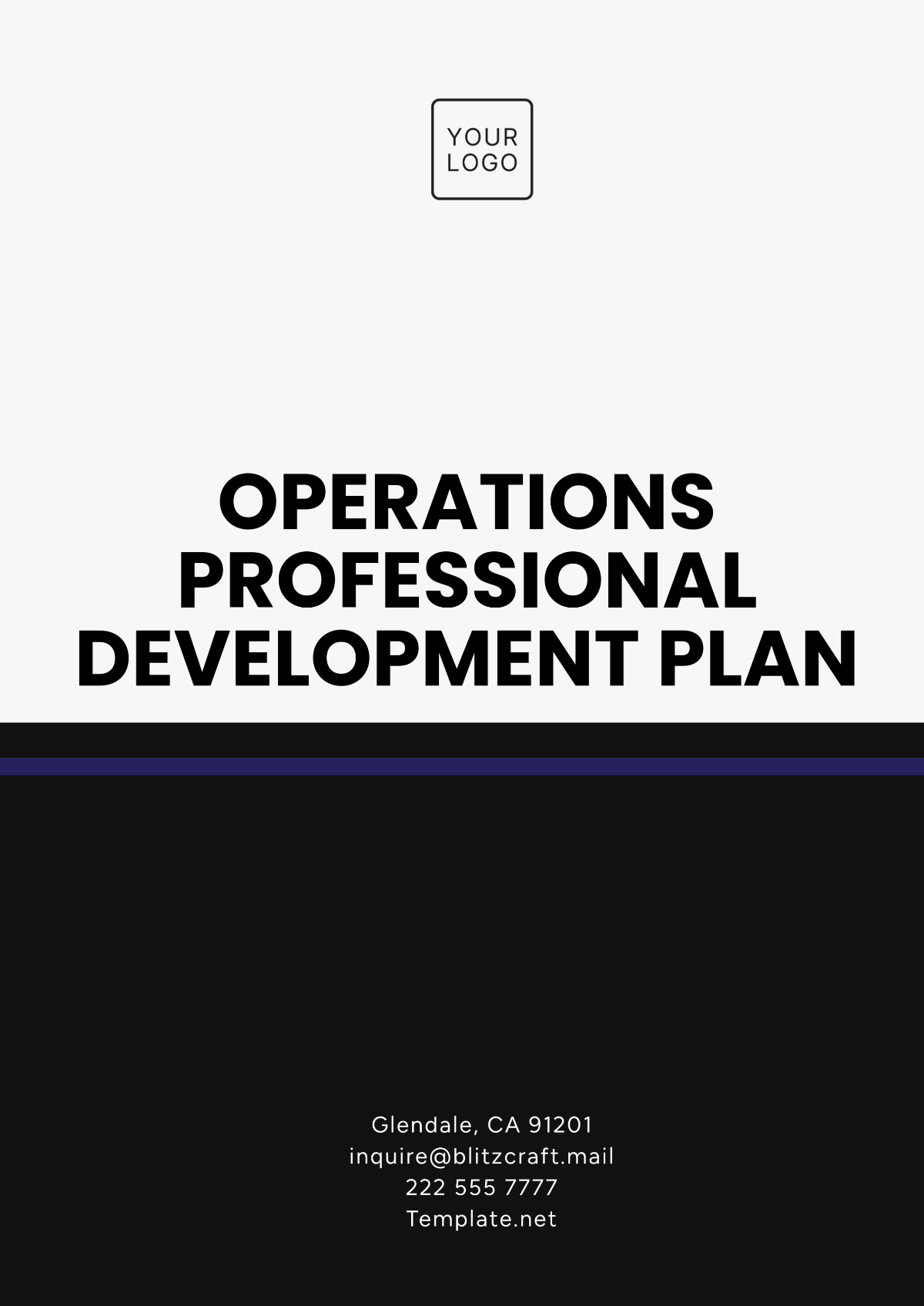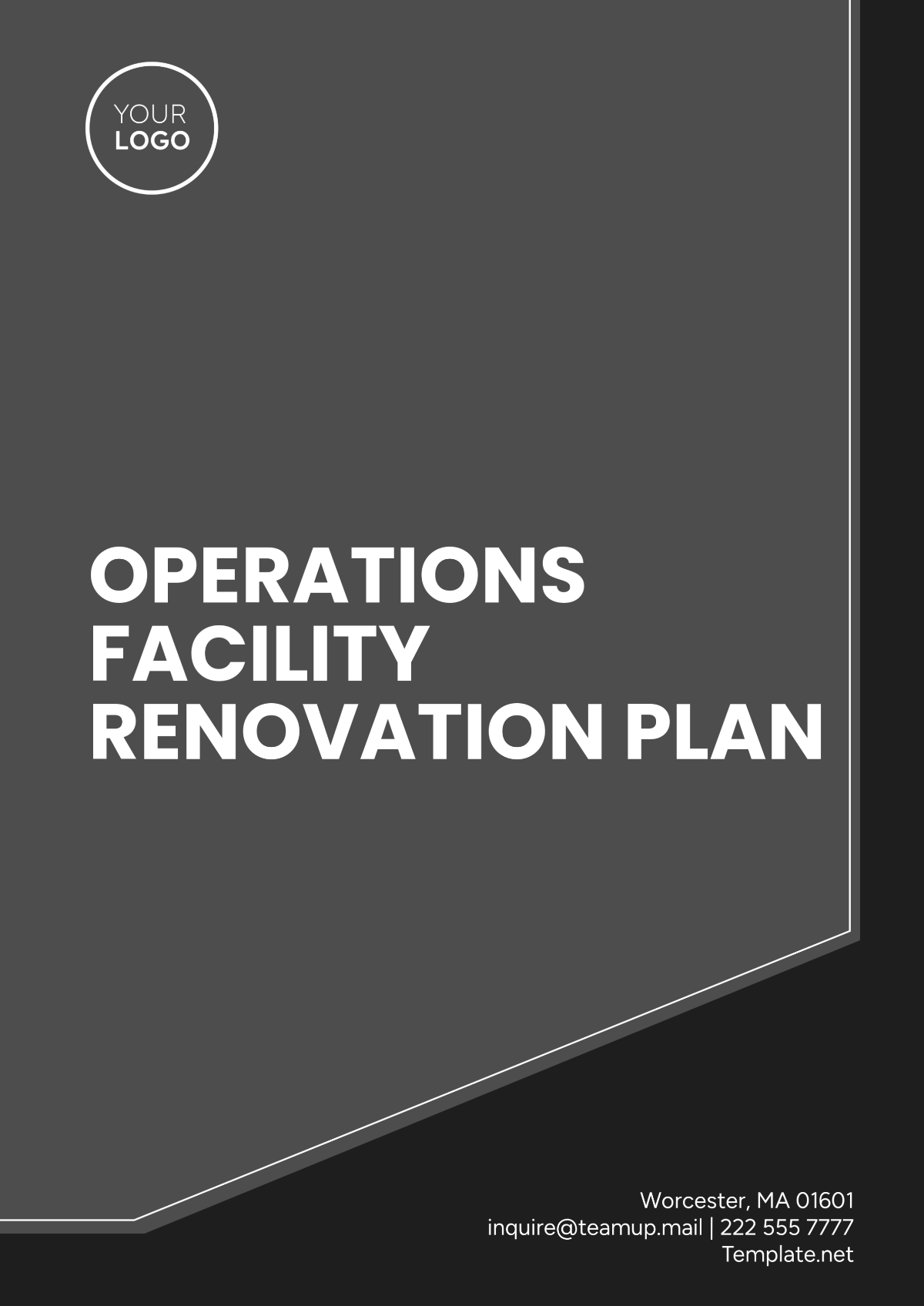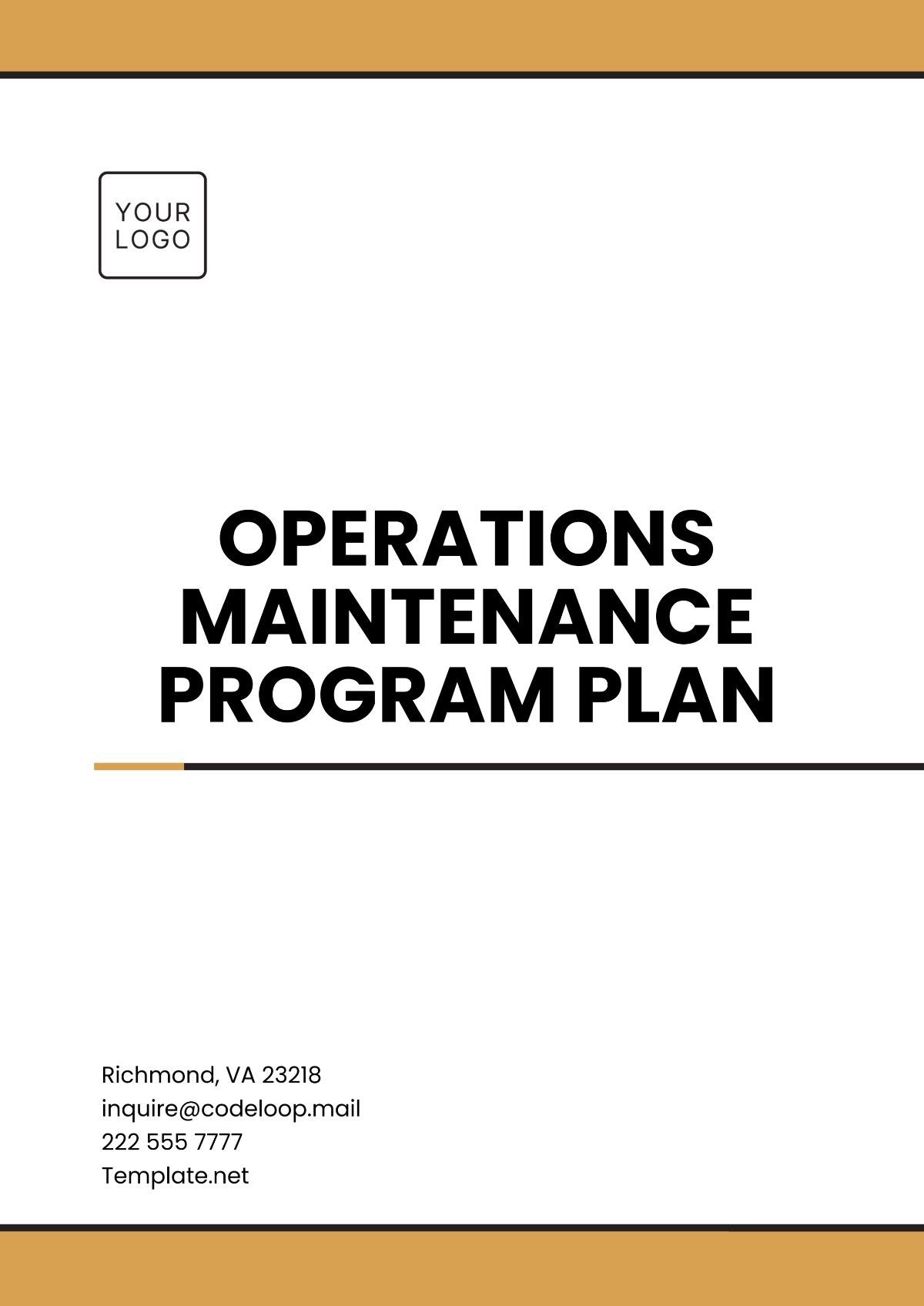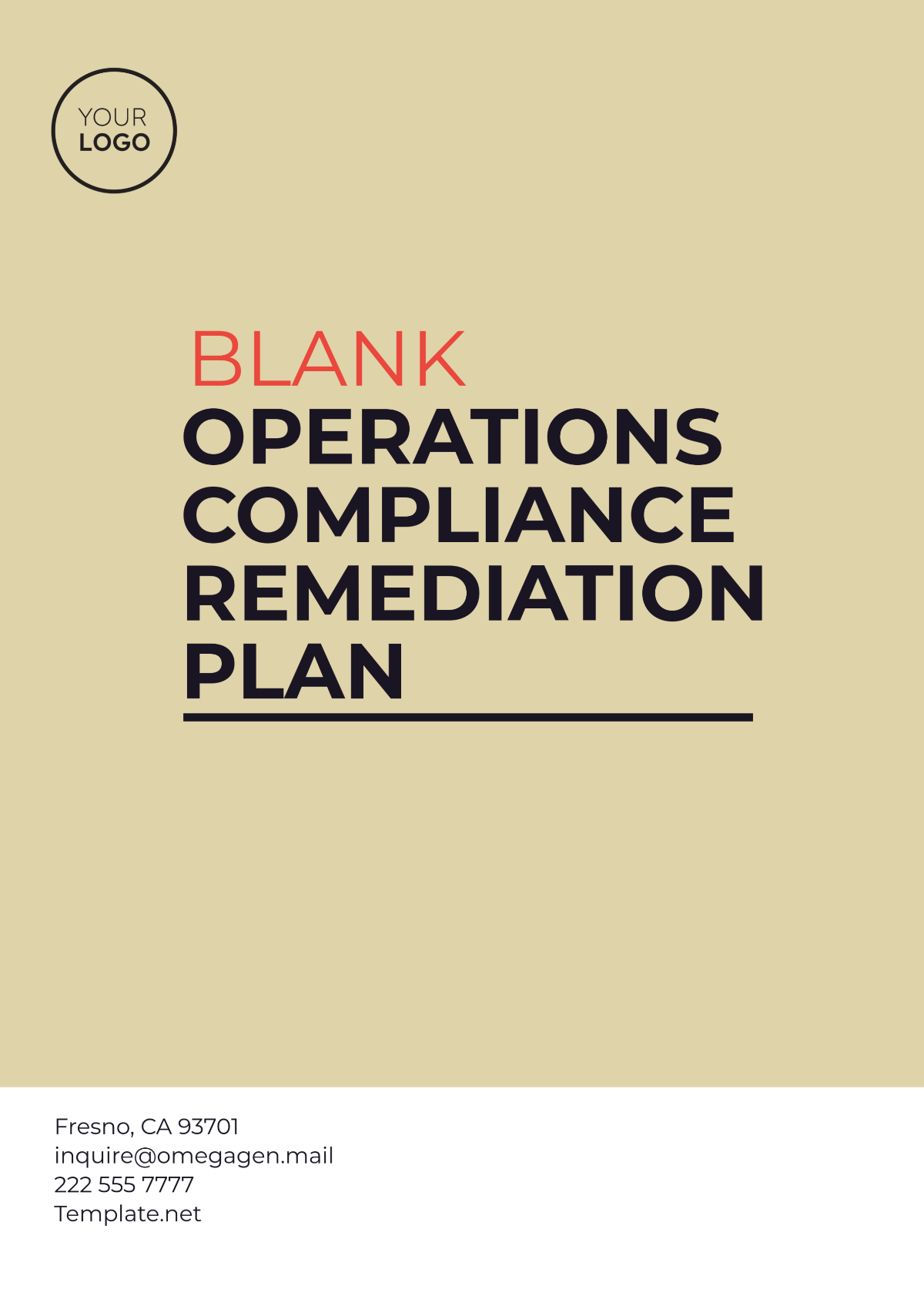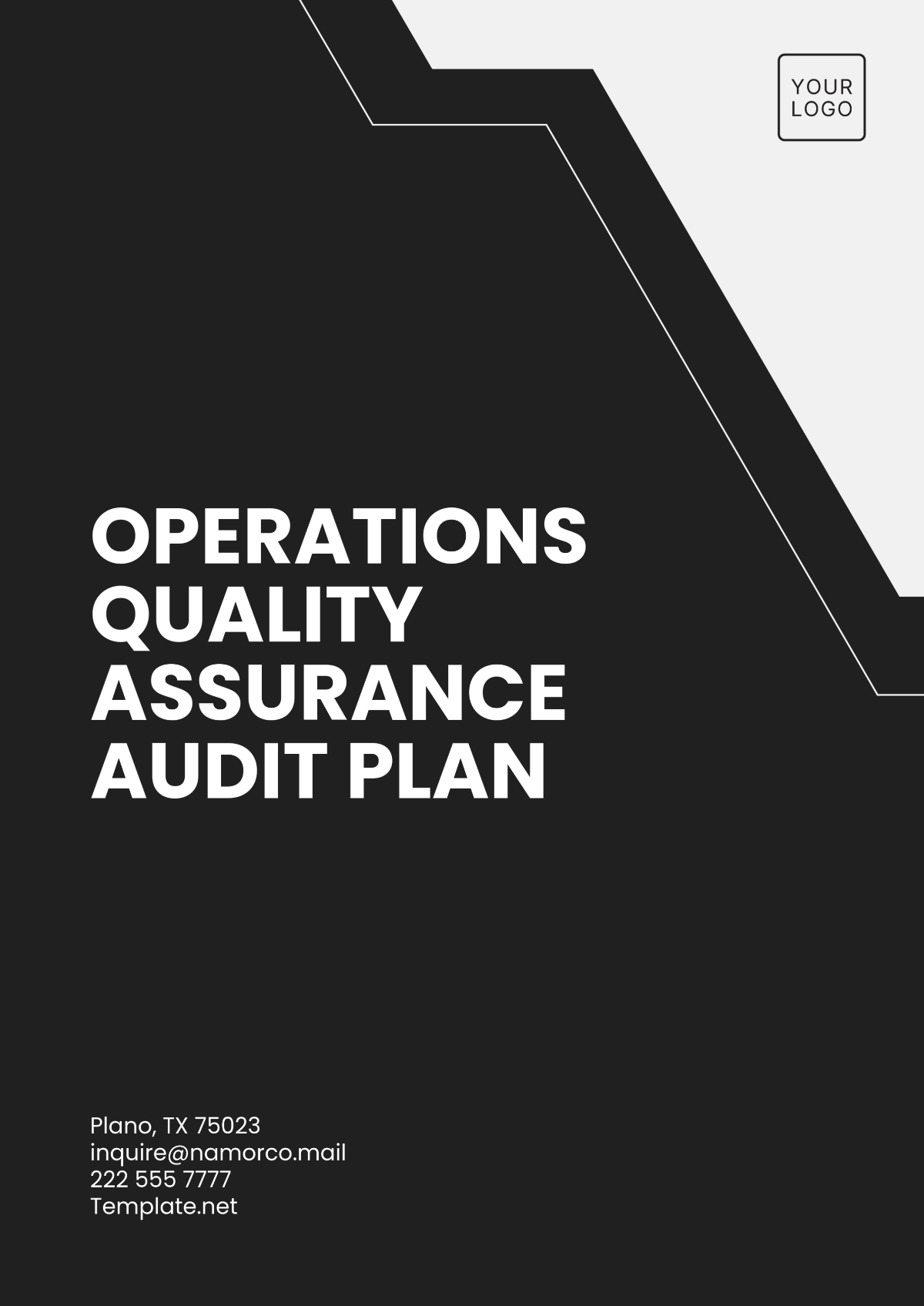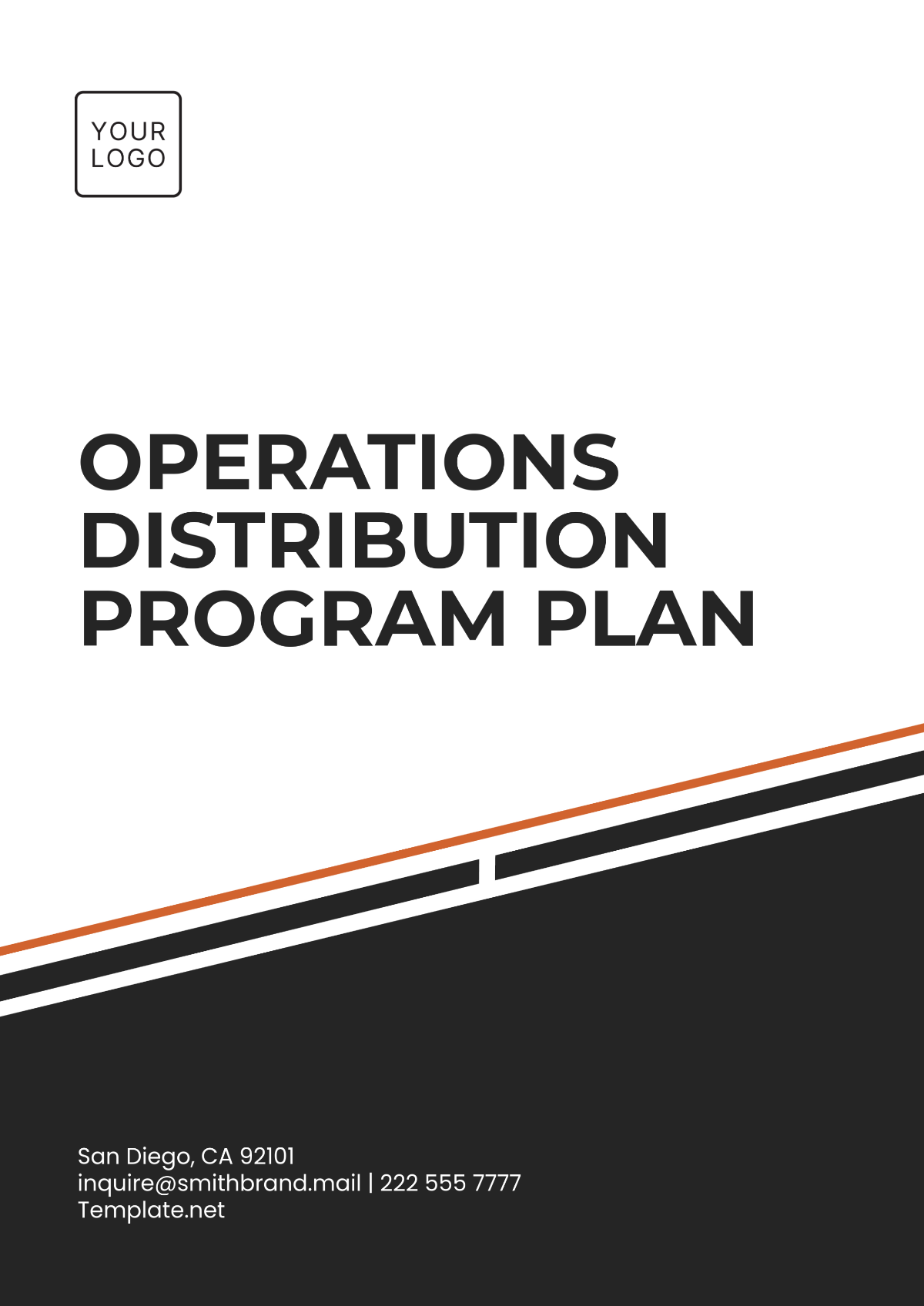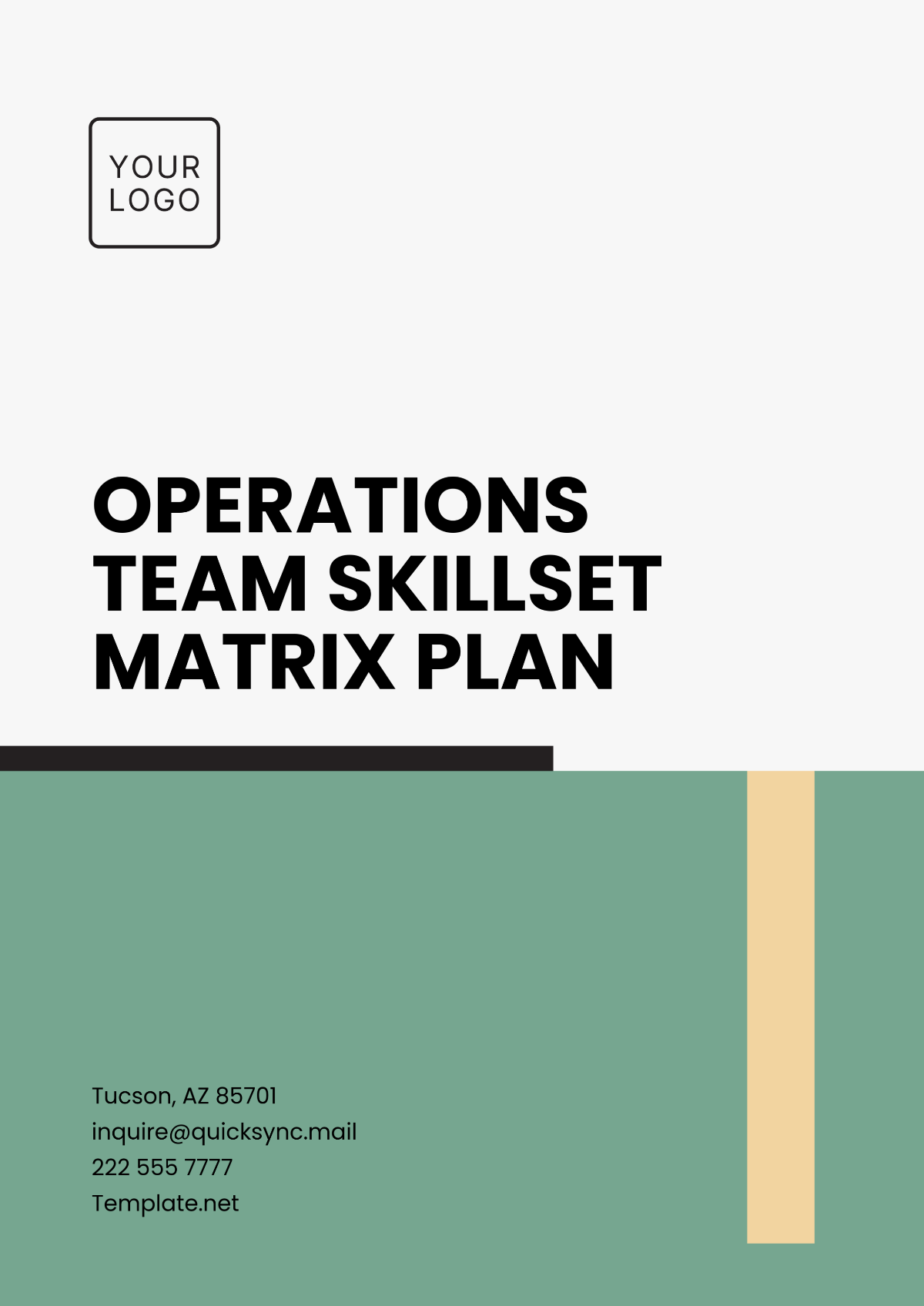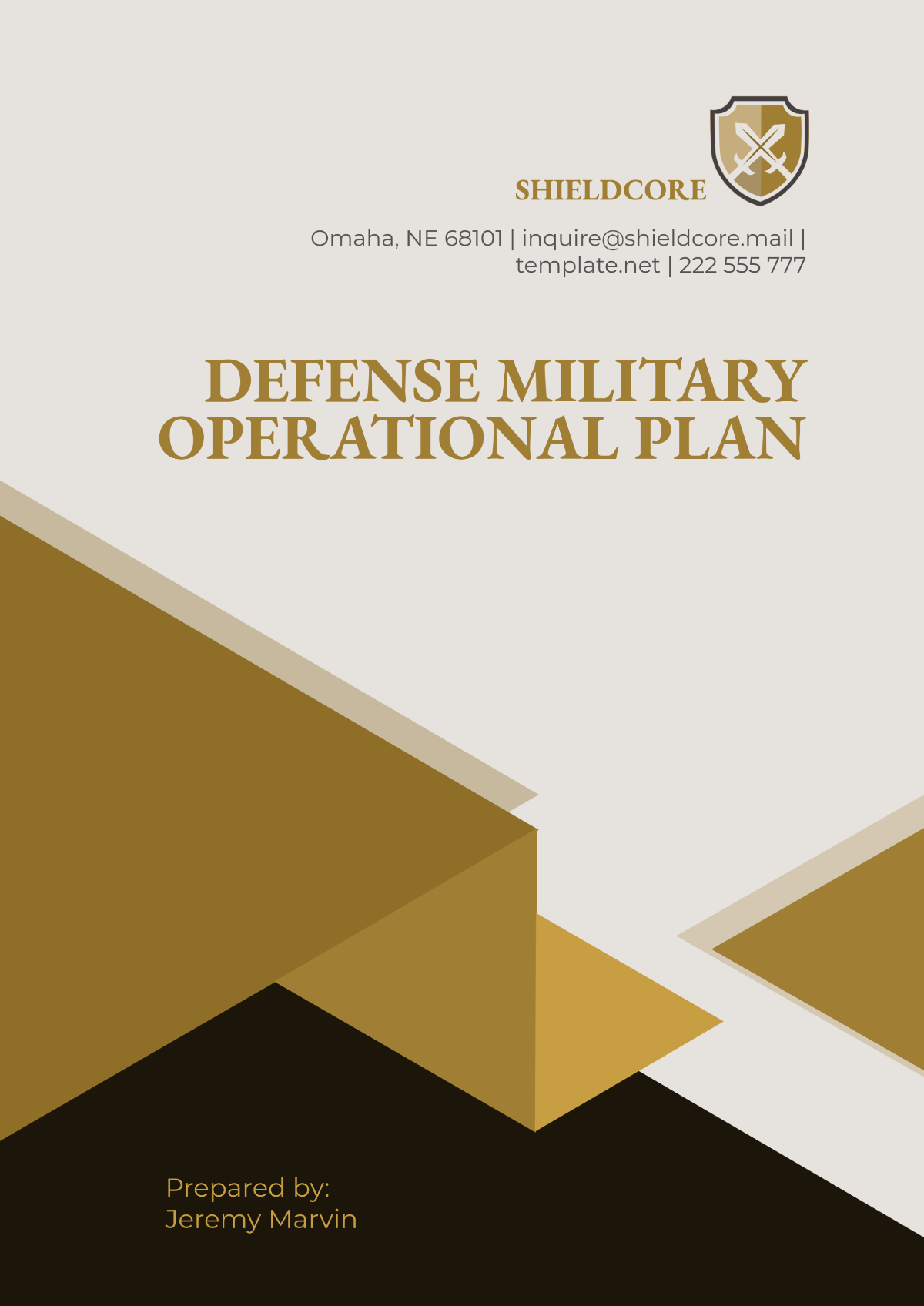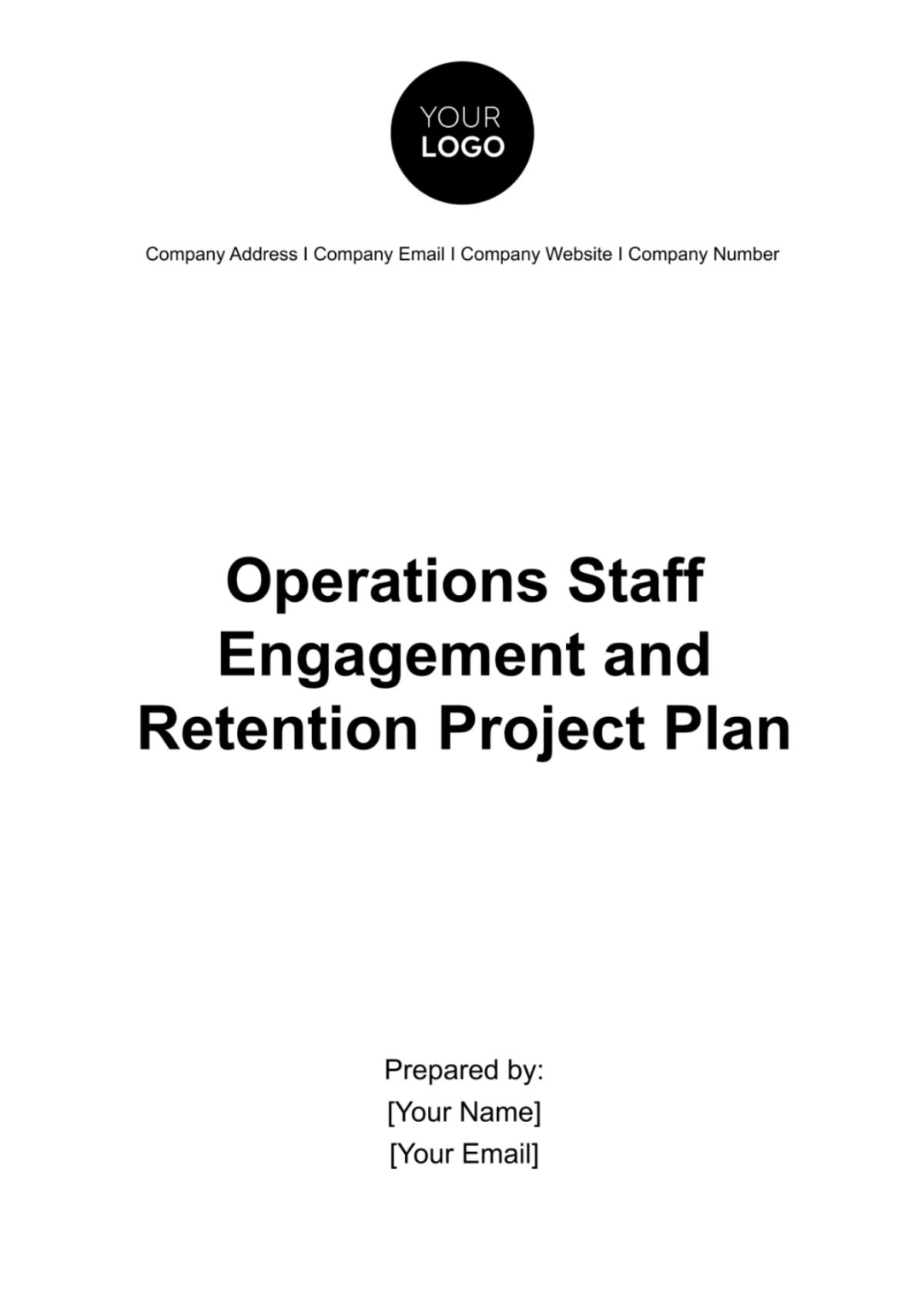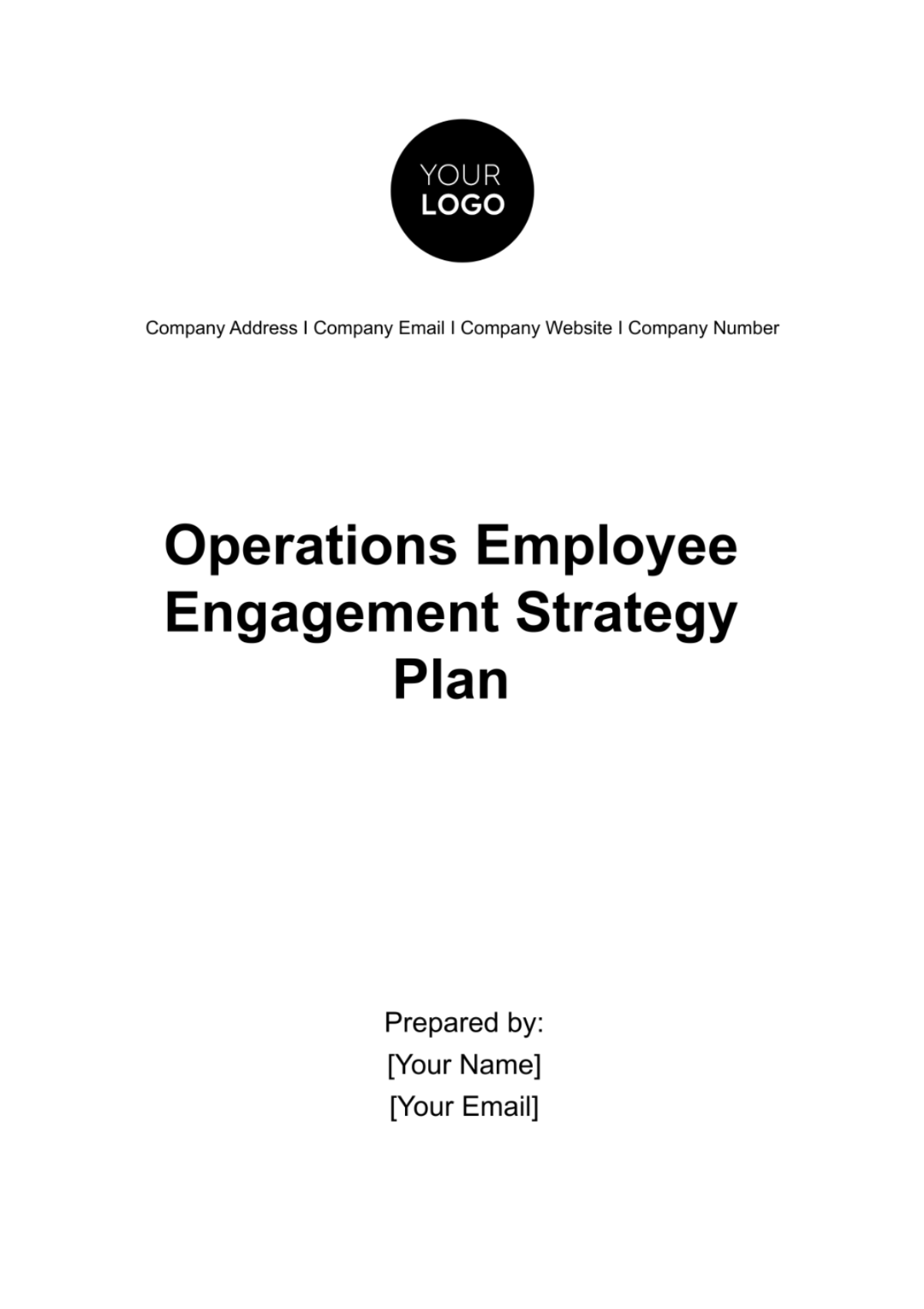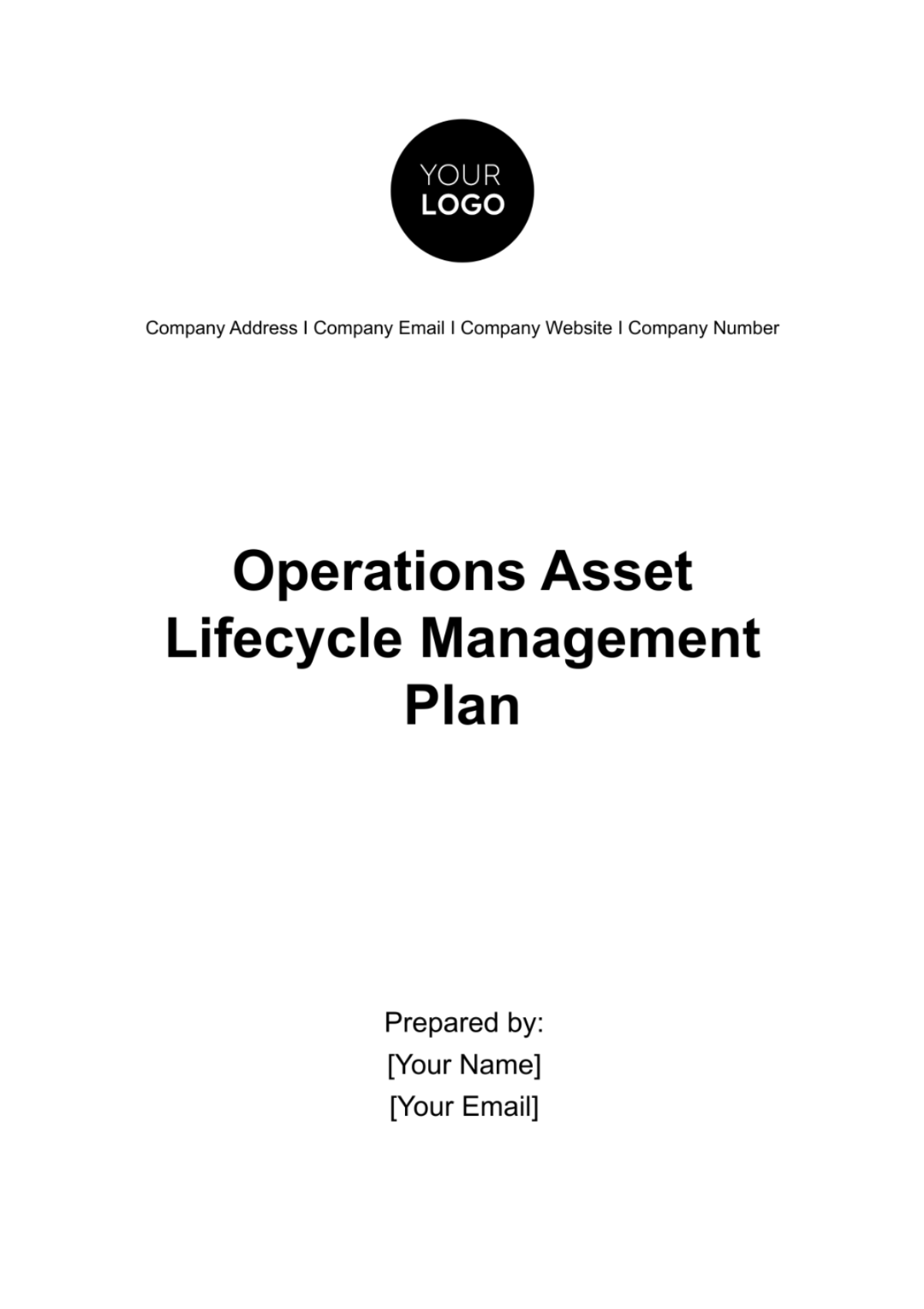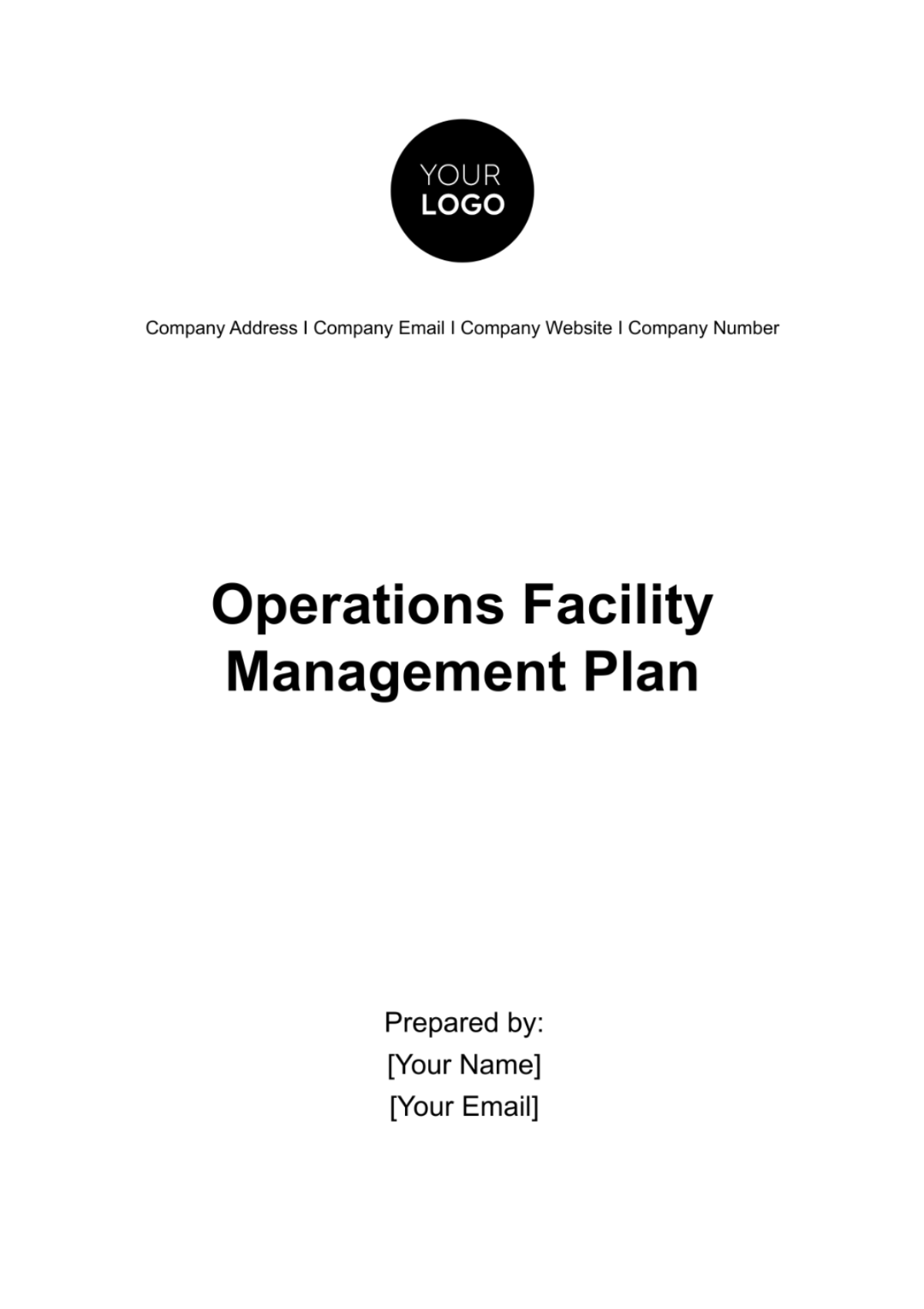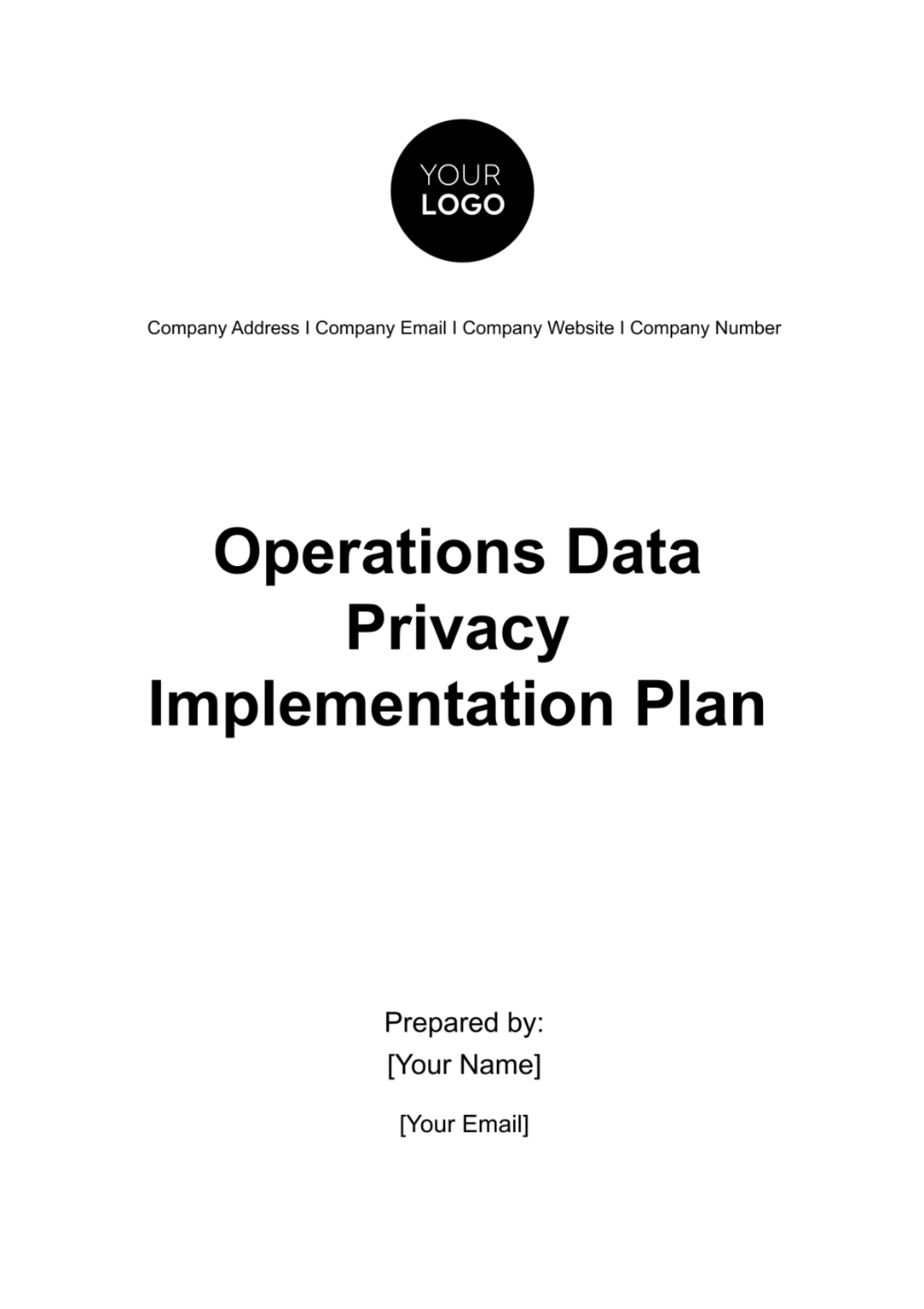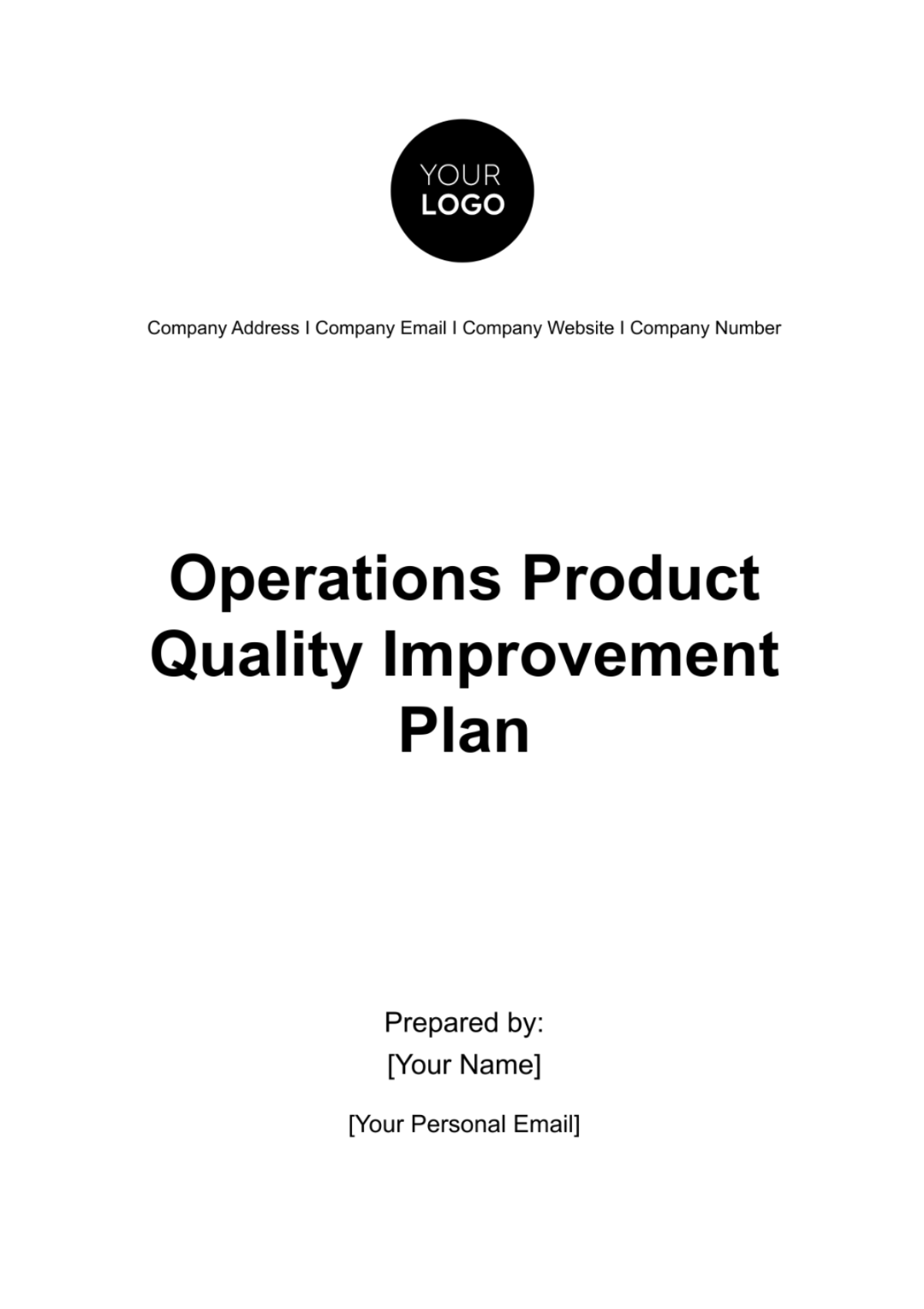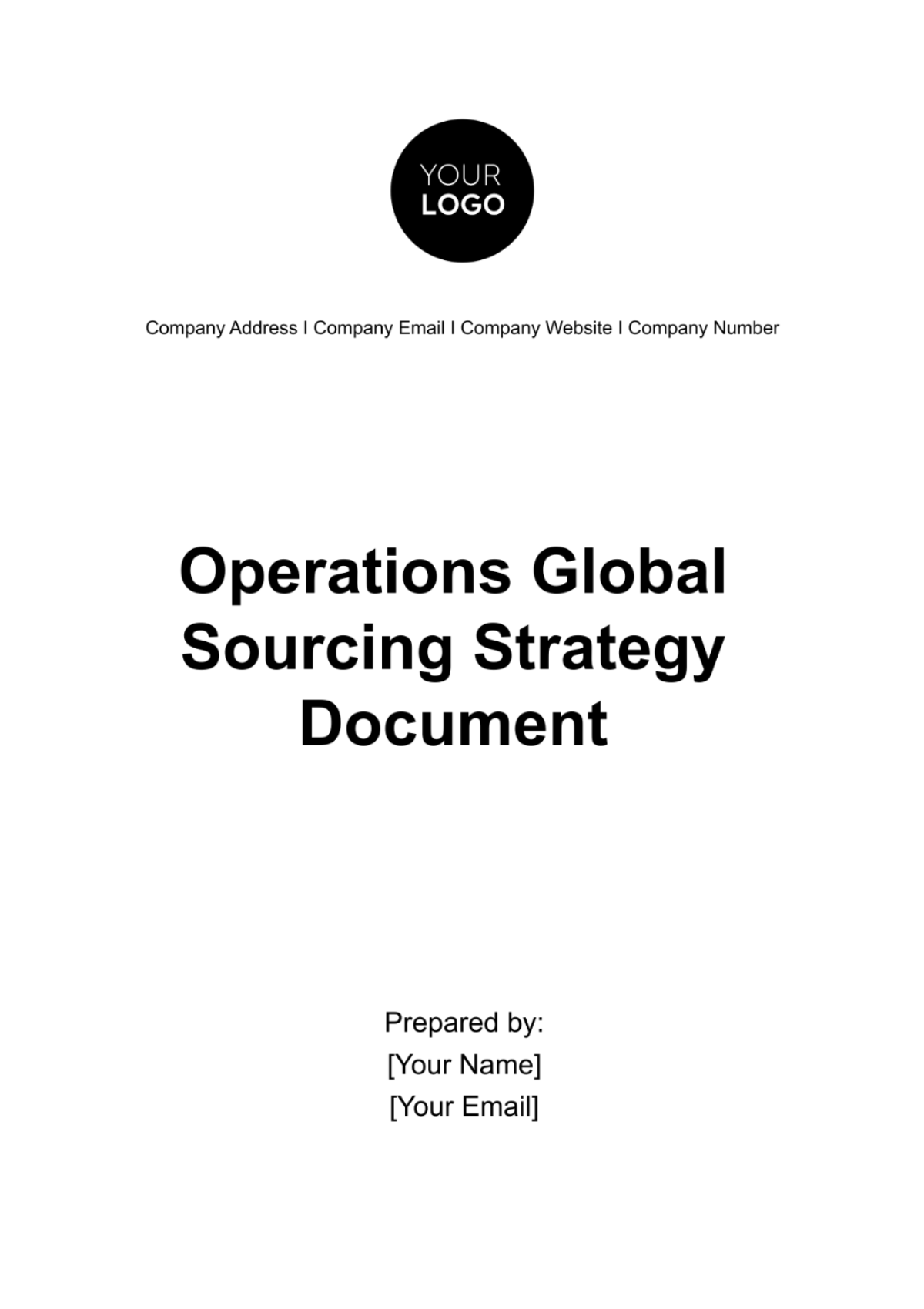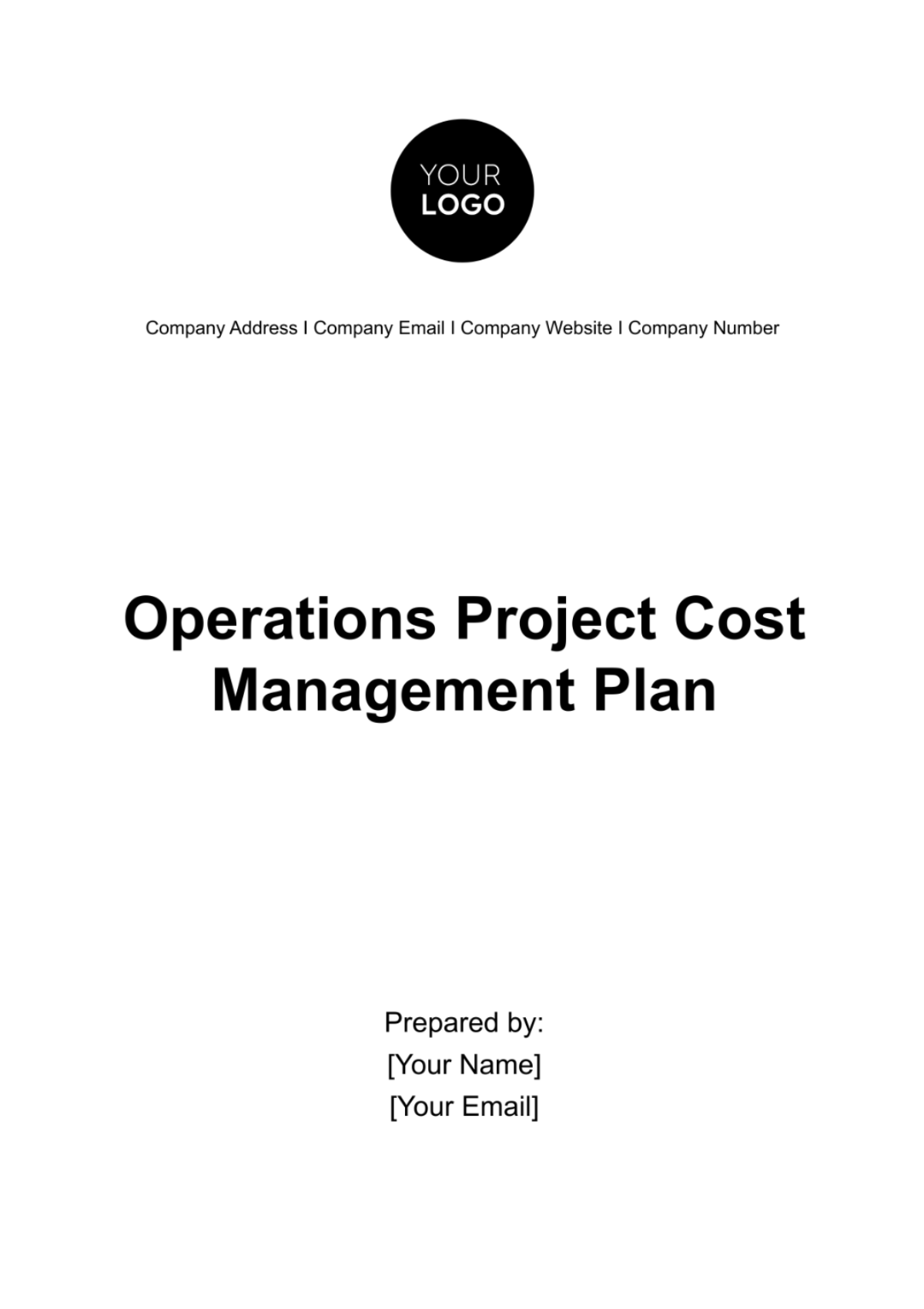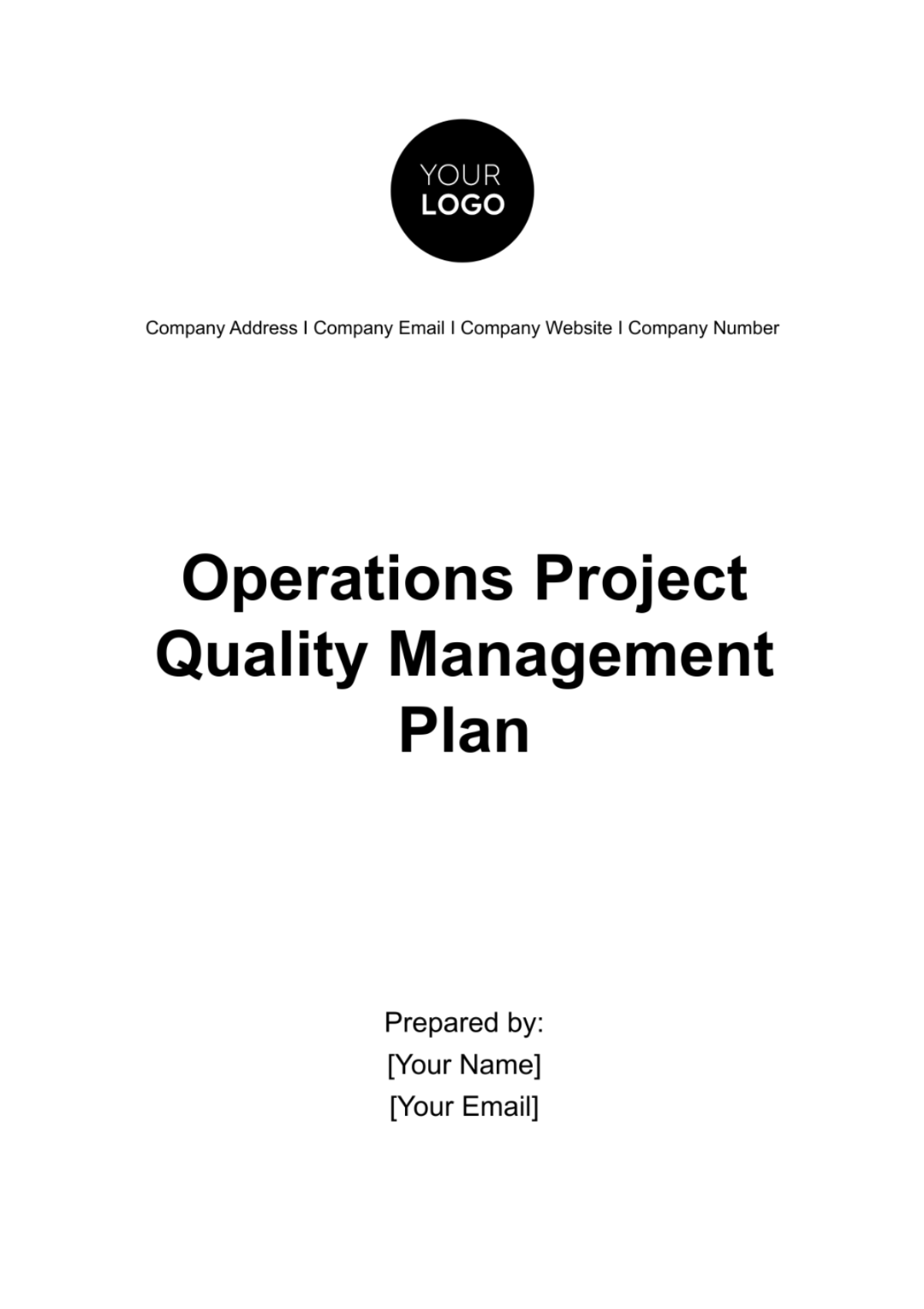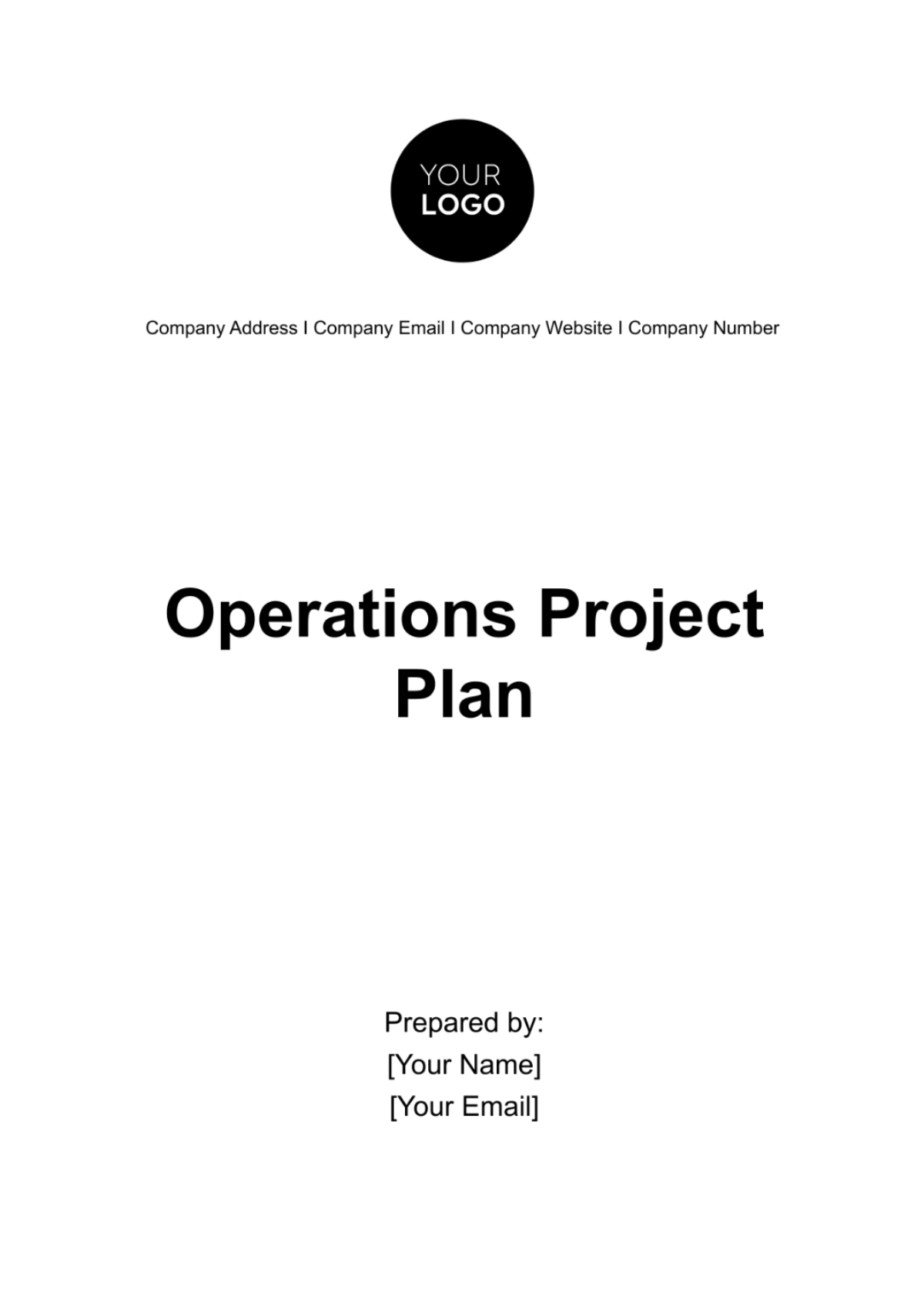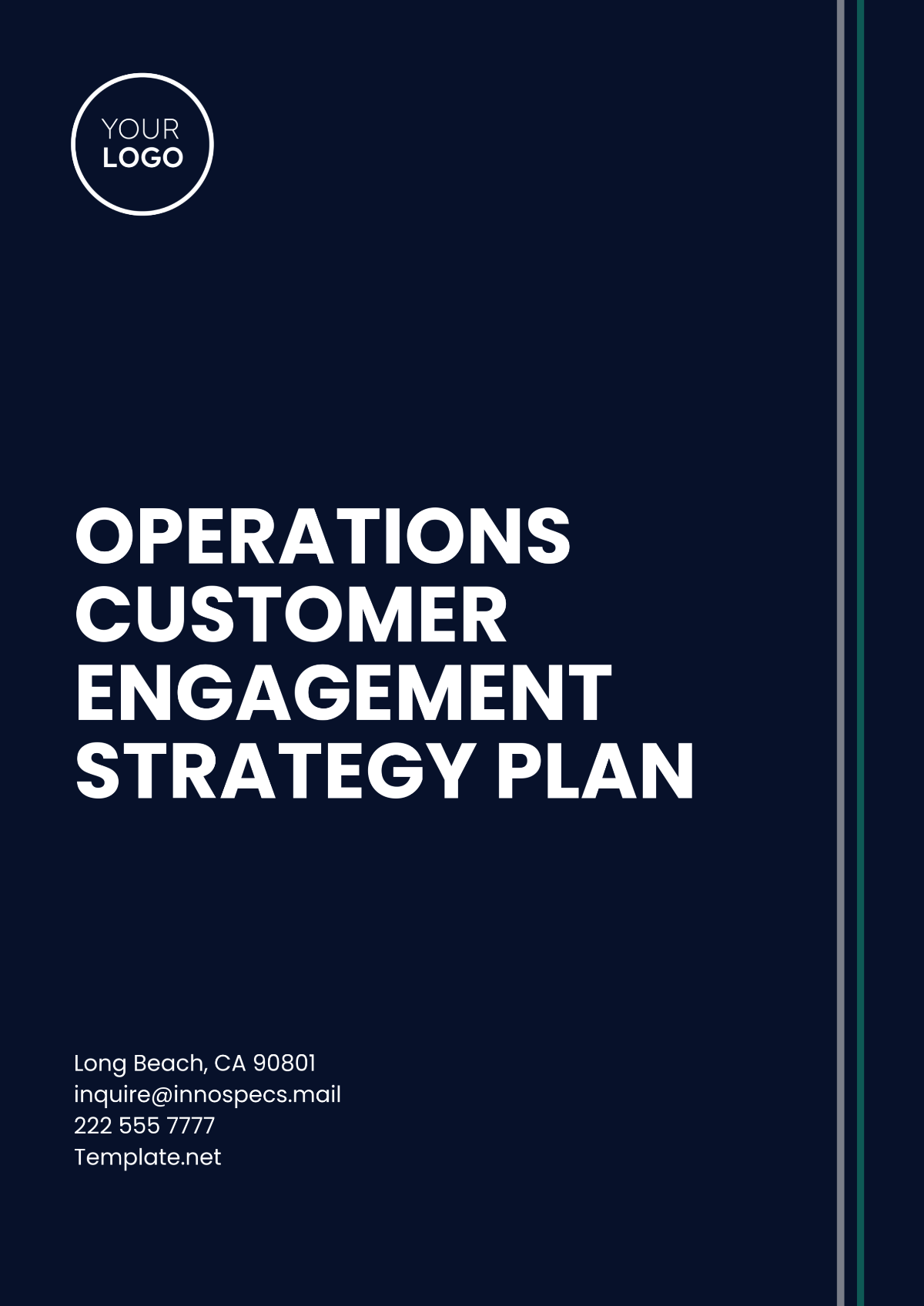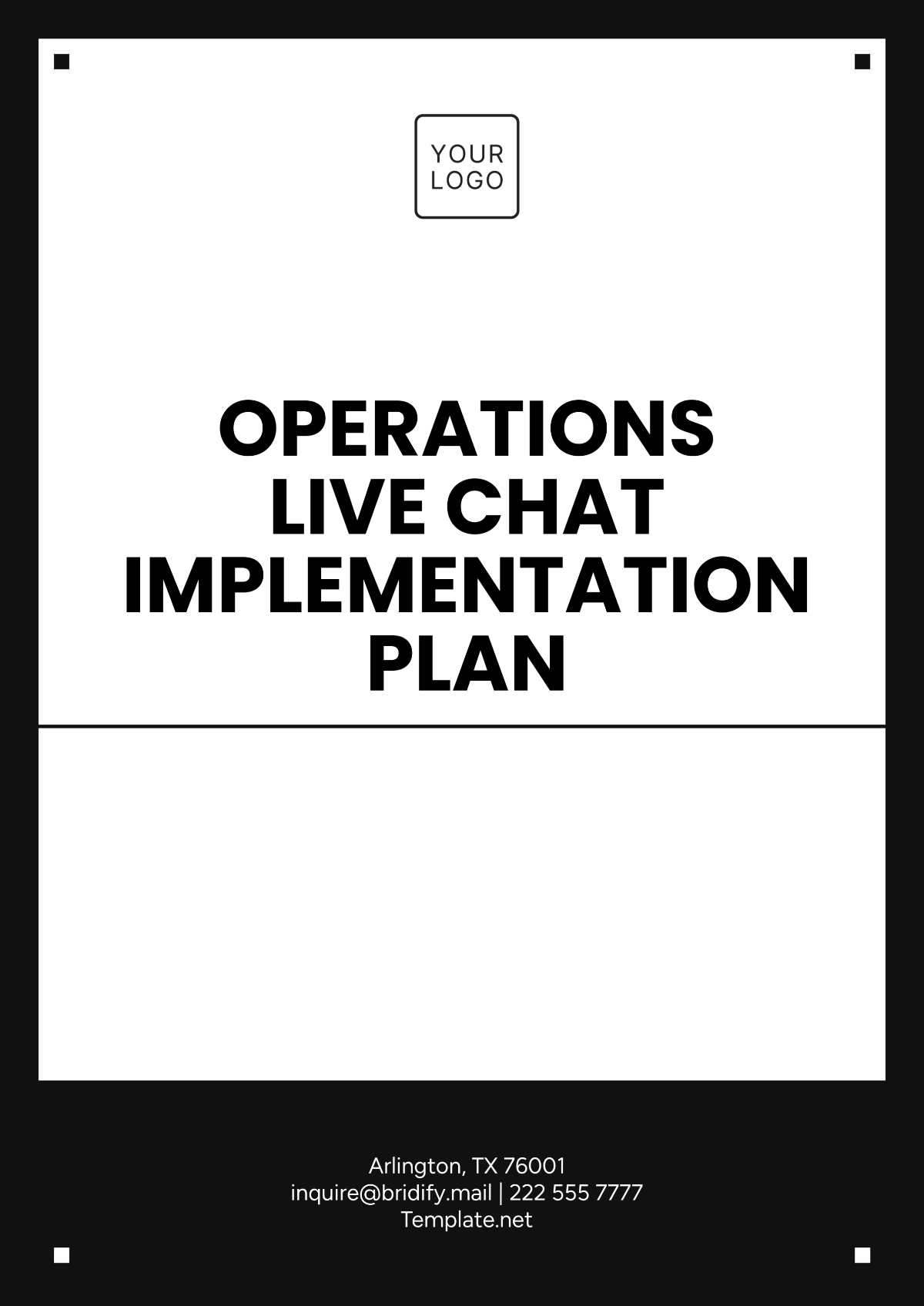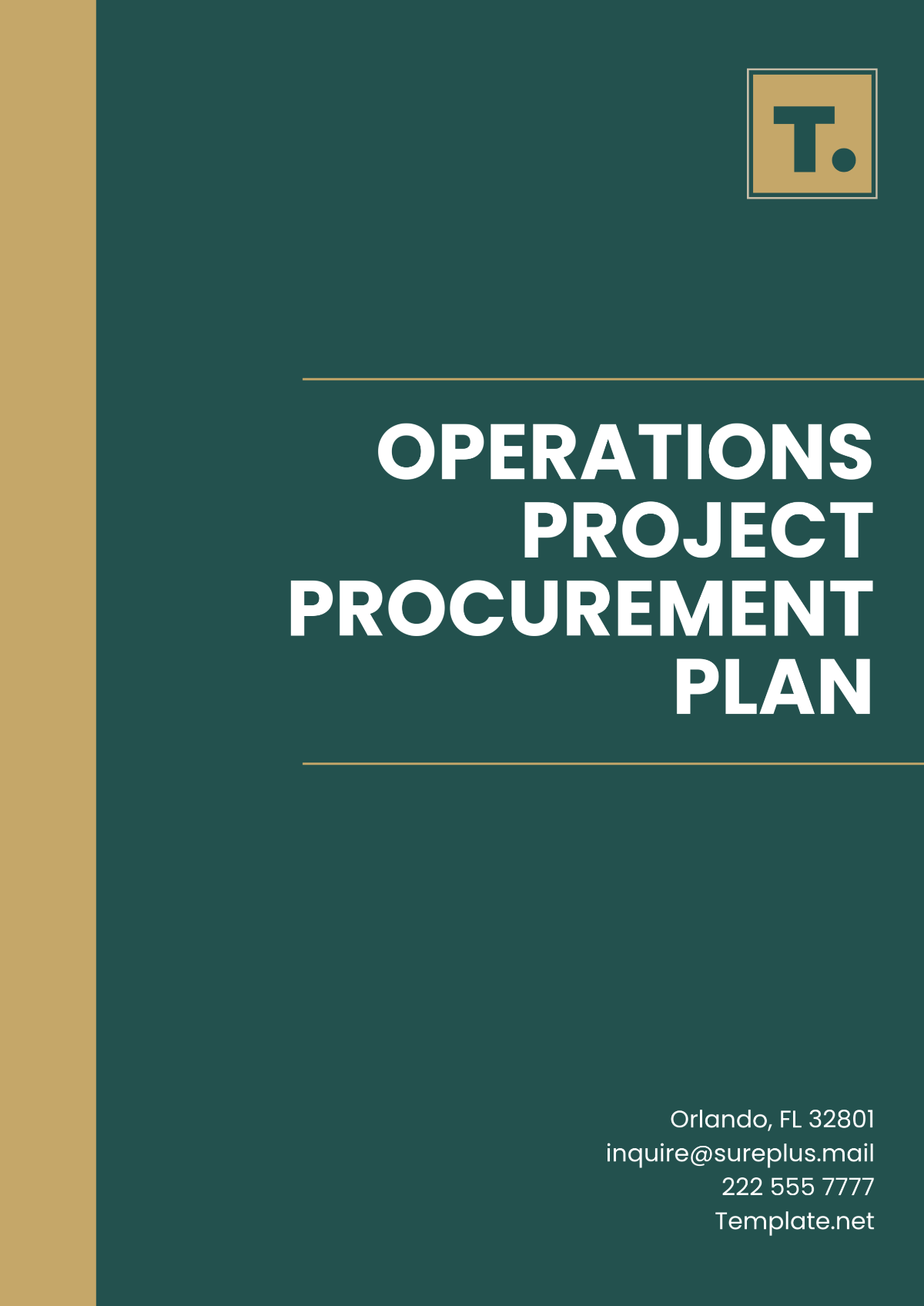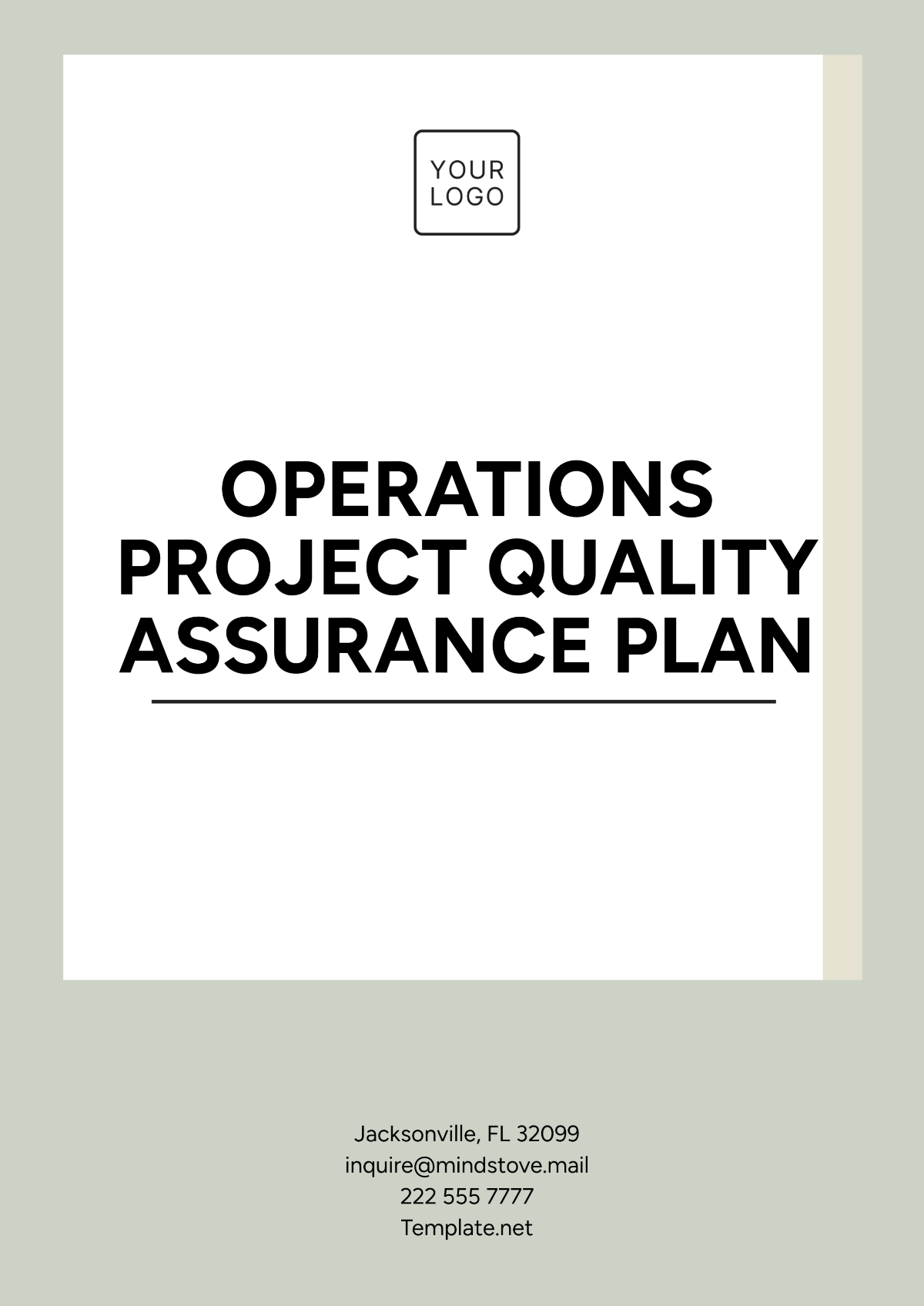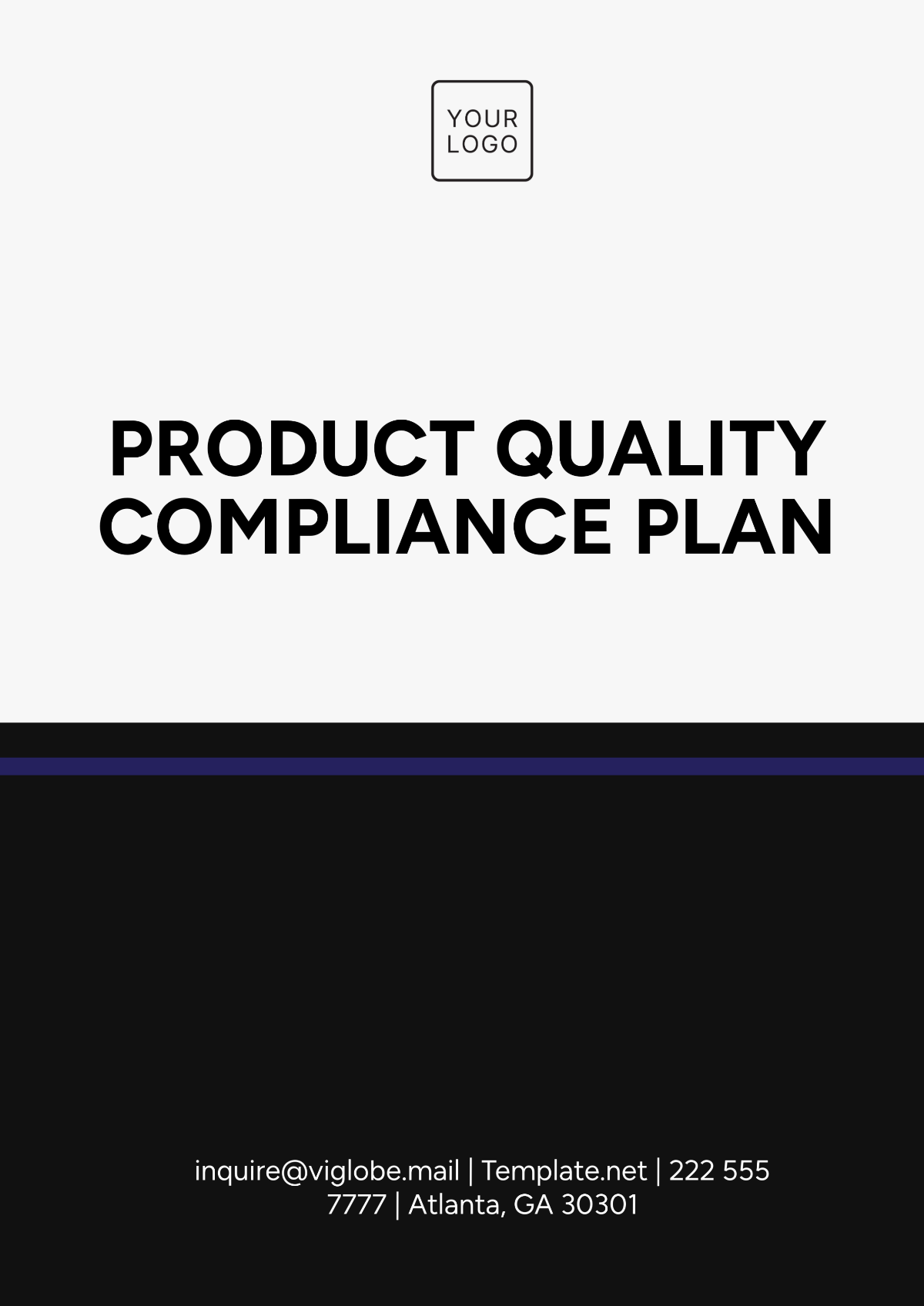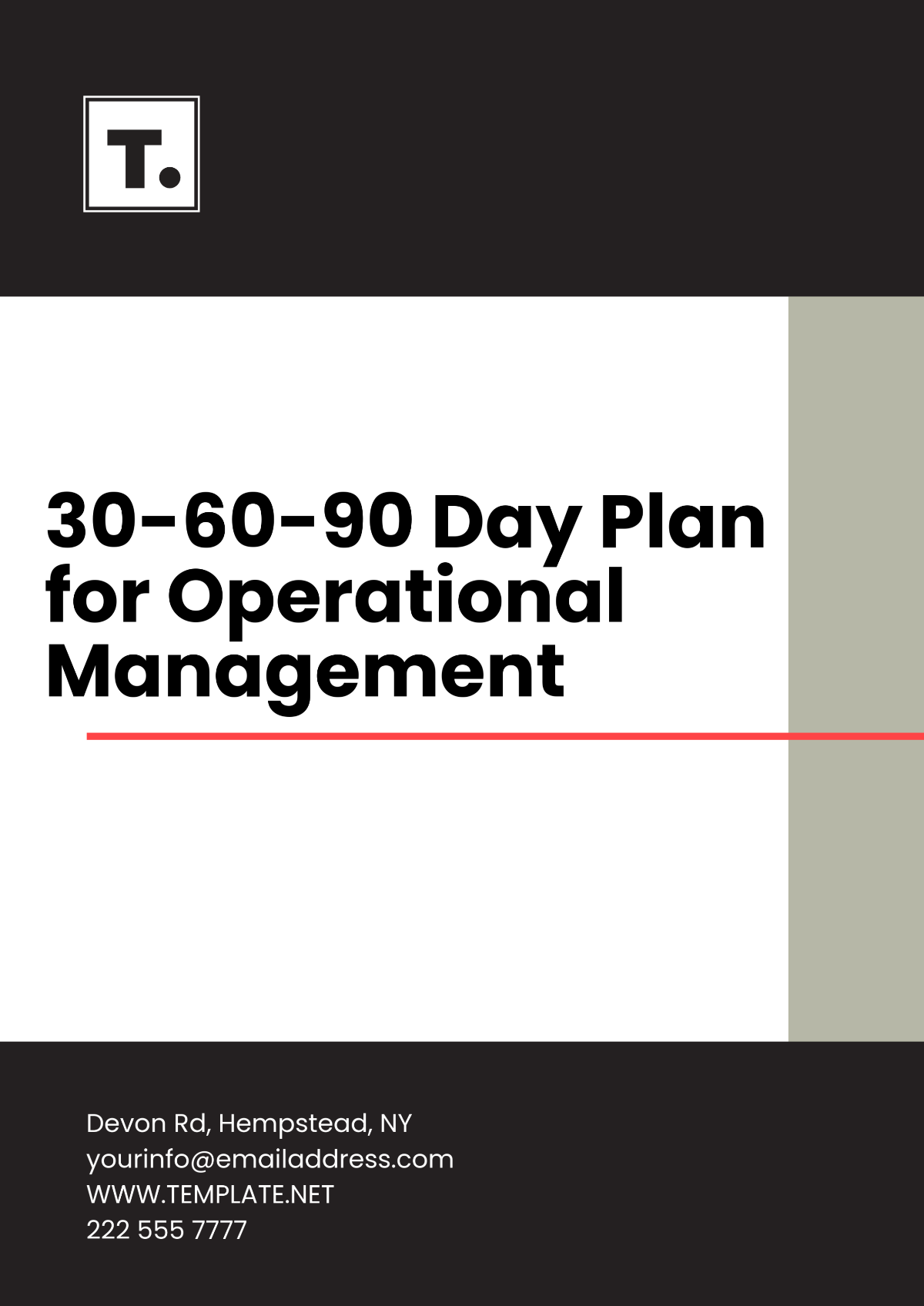Simple Management Plan
Written by: [Your Name]
I. Introduction and Objectives
The Employee Wellness Program aims to promote the physical, mental, and emotional well-being of employees at [Your Company Name]. This Management Plan outlines the strategies, responsibilities, and timelines for the successful implementation of the program.
Objectives:
Enhance employee health and productivity.
Reduce absenteeism and turnover rates.
Foster a positive work environment.
II. Scope Description
The Employee Wellness Program will cover the following areas:
Physical health initiatives (e.g., fitness classes, health screenings).
Mental health support (e.g., counseling services, stress management workshops).
Promoting work-life balance (e.g., flexible scheduling, remote work options).
Exclusions:
Personal medical interventions.
Activities unrelated to wellness.
III. Responsibilities
A. [Your Company Name] HR Department
Develop program policies and guidelines.
Coordinate with external wellness providers.
Monitor program effectiveness through feedback mechanisms.
B. Department Managers
Encourage participation and support program initiatives.
Address wellness-related concerns raised by team members.
C. Employee Wellness Committee
Assist in program design and implementation.
Organize wellness events and activities.
IV. Timeline
Milestone | Target Date | Responsible Party | Resources Required |
|---|---|---|---|
Program Design | [Date] | HR Department | Wellness Budget, Committee |
Launch Event | [Date] | HR Department | Event Space, Catering |
Monthly Wellness Workshop | [Date] | Wellness Committee | Guest Speakers, Materials |
Program Evaluation | [Date] | HR Department | Survey Tools, Analytics Software |
V. Resource Allocation
Budget: $[Your Budget Allocation]
Staffing: Dedicated HR personnel, Wellness Committee volunteers.
Materials: Promotional materials, equipment for wellness activities.
VI. Communication Plan
Regular updates via company-wide emails.
Posters and flyers in common areas.
Wellness program section on the company intranet.
Quarterly town hall meetings for feedback and suggestions.
VII. Risk Management
1. Potential risks:
Low employee participation.
Budget constraints.
Resistance from management or employees.
2. Mitigation strategies:
Conducting surveys to gauge interest.
Securing additional funding if necessary.
Providing education on the benefits of wellness initiatives.
VIII. Quality Assurance/Control
Regular review of program effectiveness.
Feedback mechanisms for continuous improvement.
Benchmarking against industry standards.
IX. Monitoring and Evaluation
Monthly progress reports on participation rates and feedback.
Annual comprehensive evaluation of program outcomes.
Adjustments to the program based on evaluation results.
X. Stakeholder Engagement
Involving employees in program design and decision-making.
Seeking feedback from management and department heads.
Recognizing and rewarding participation and achievements.
